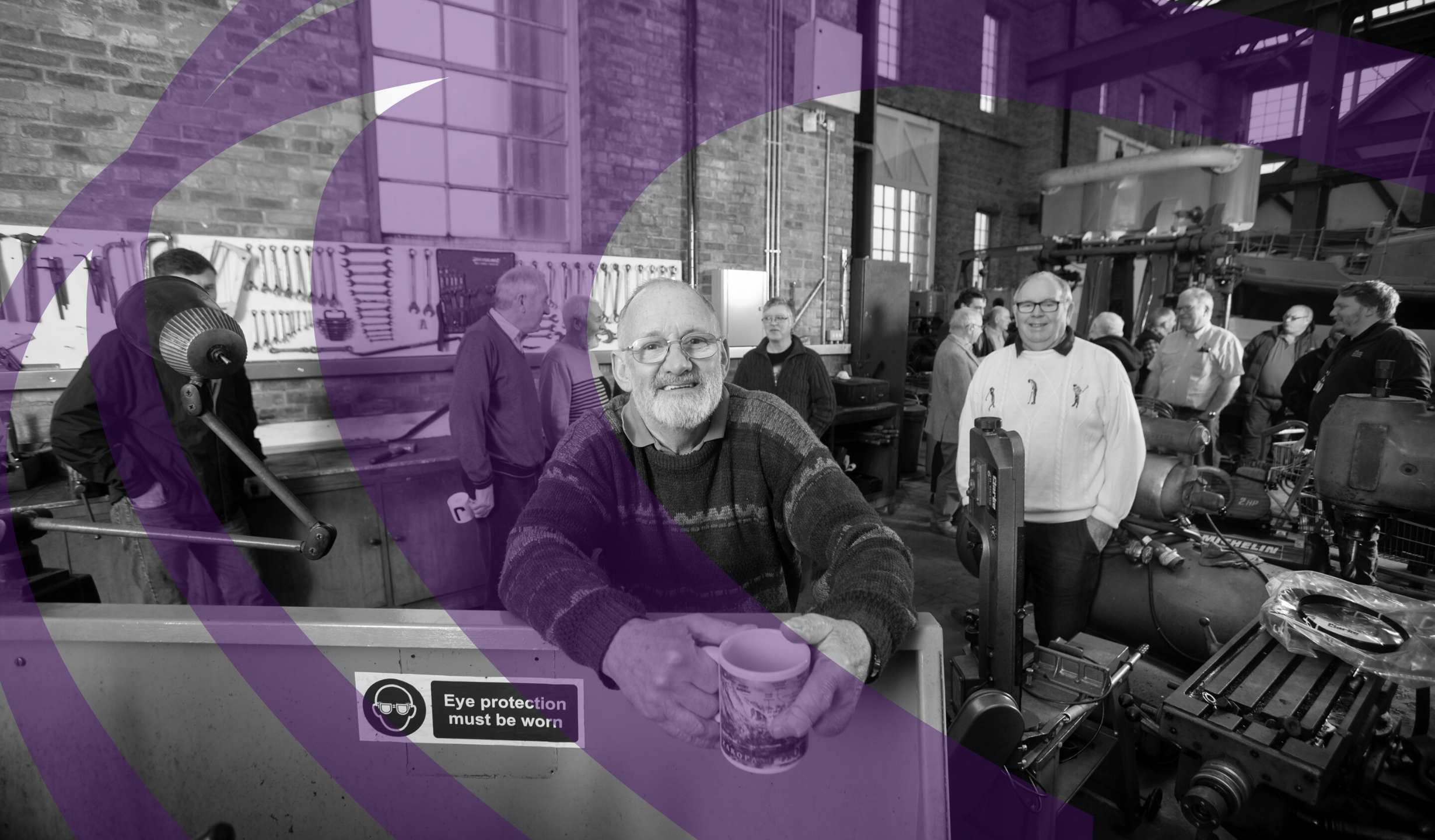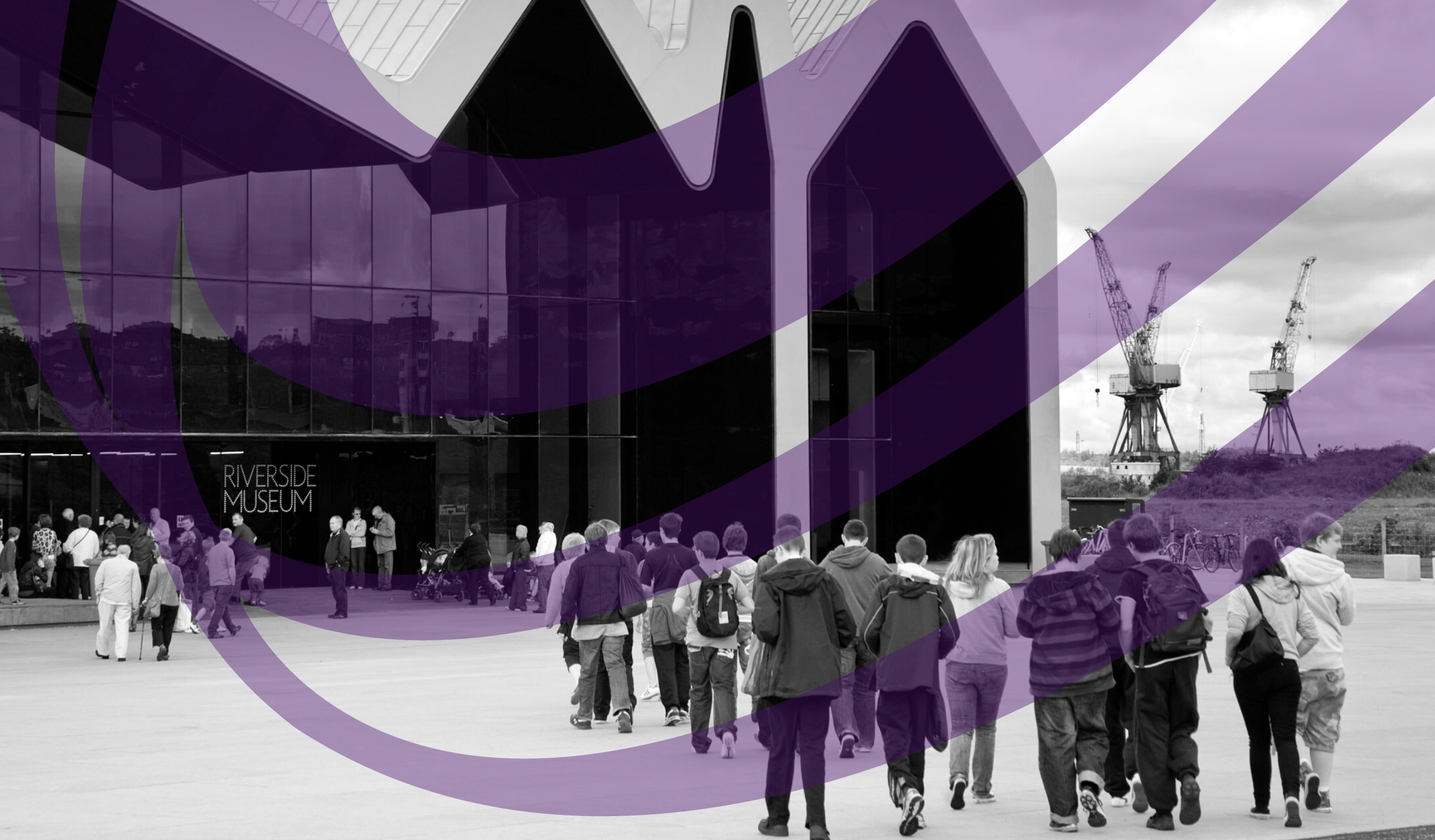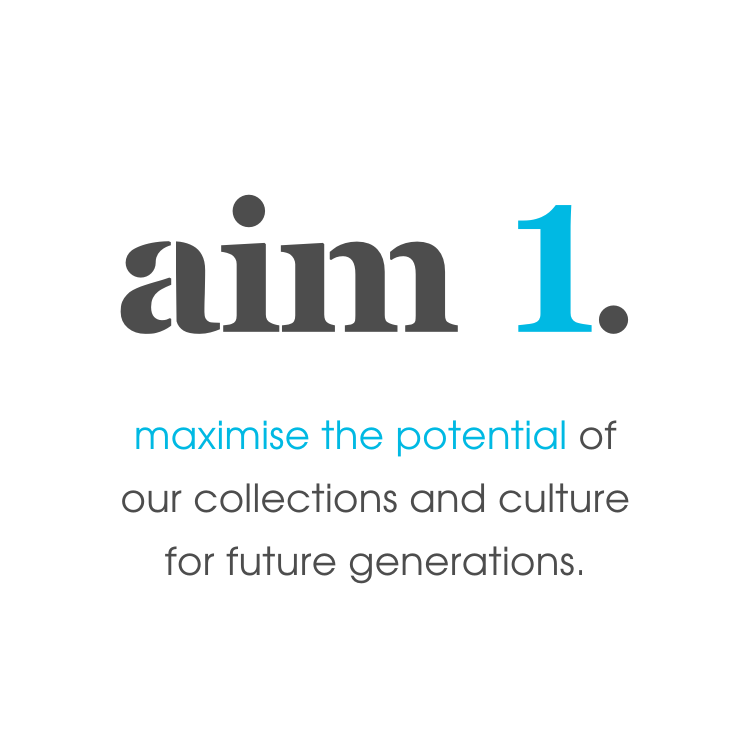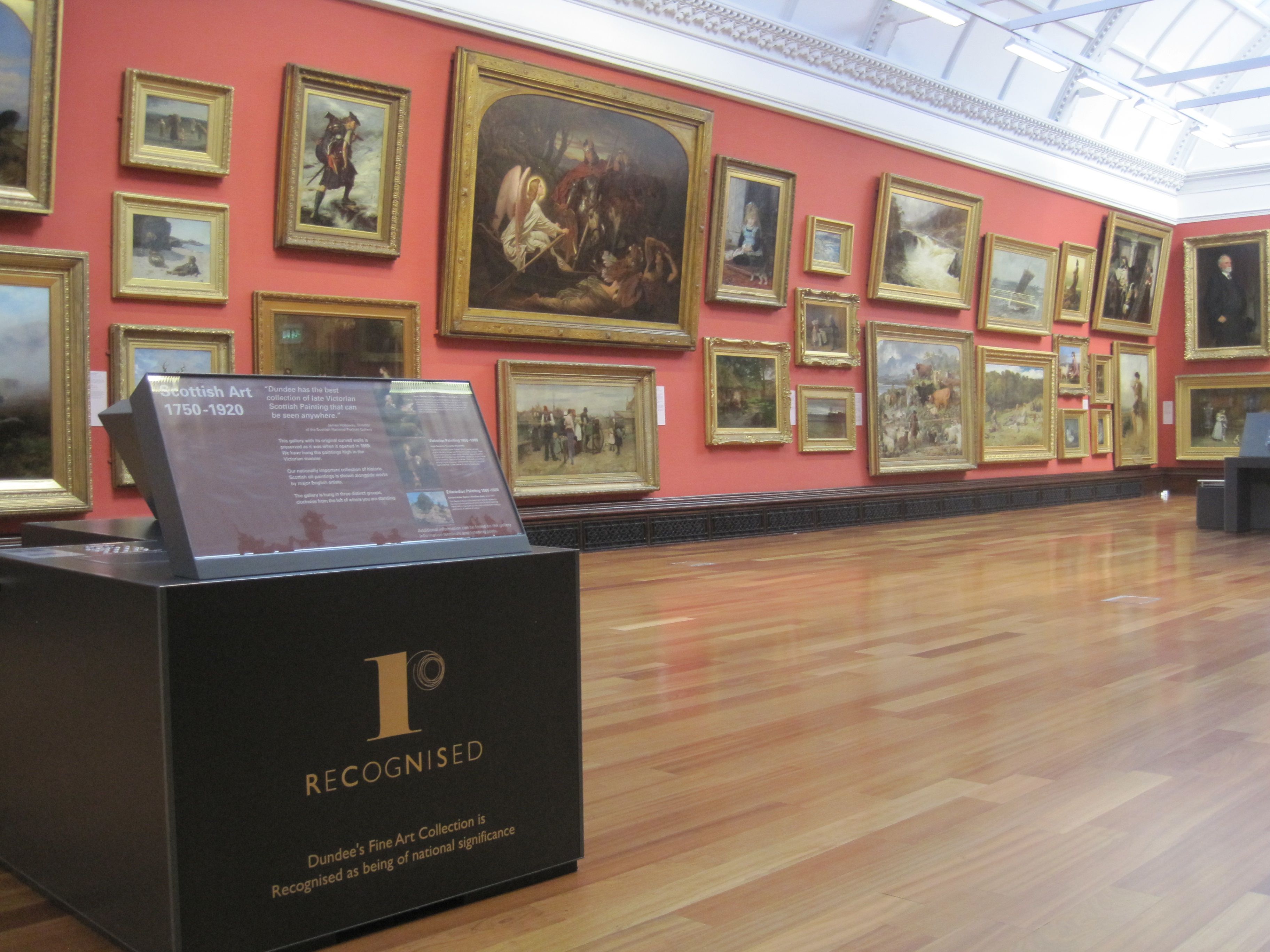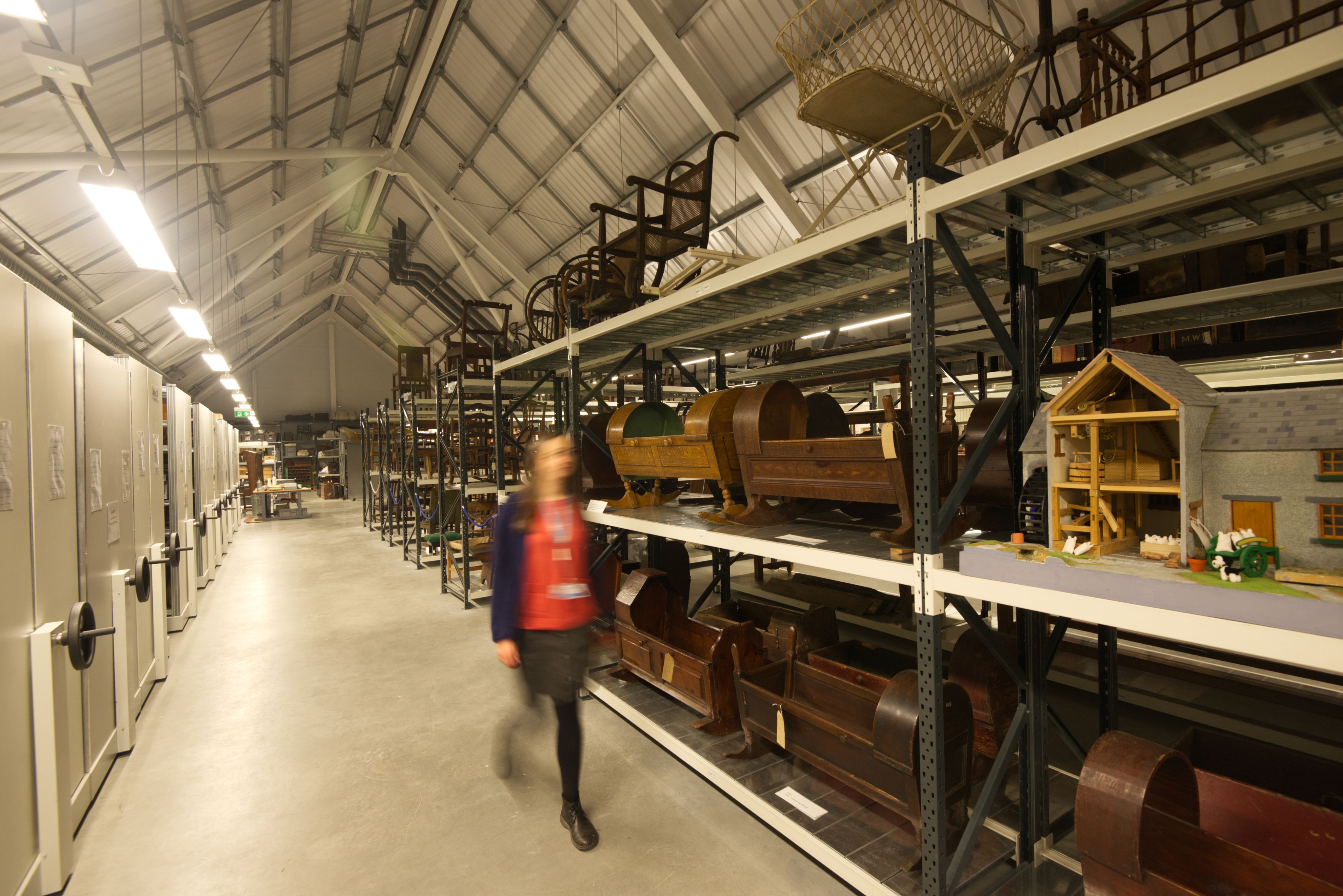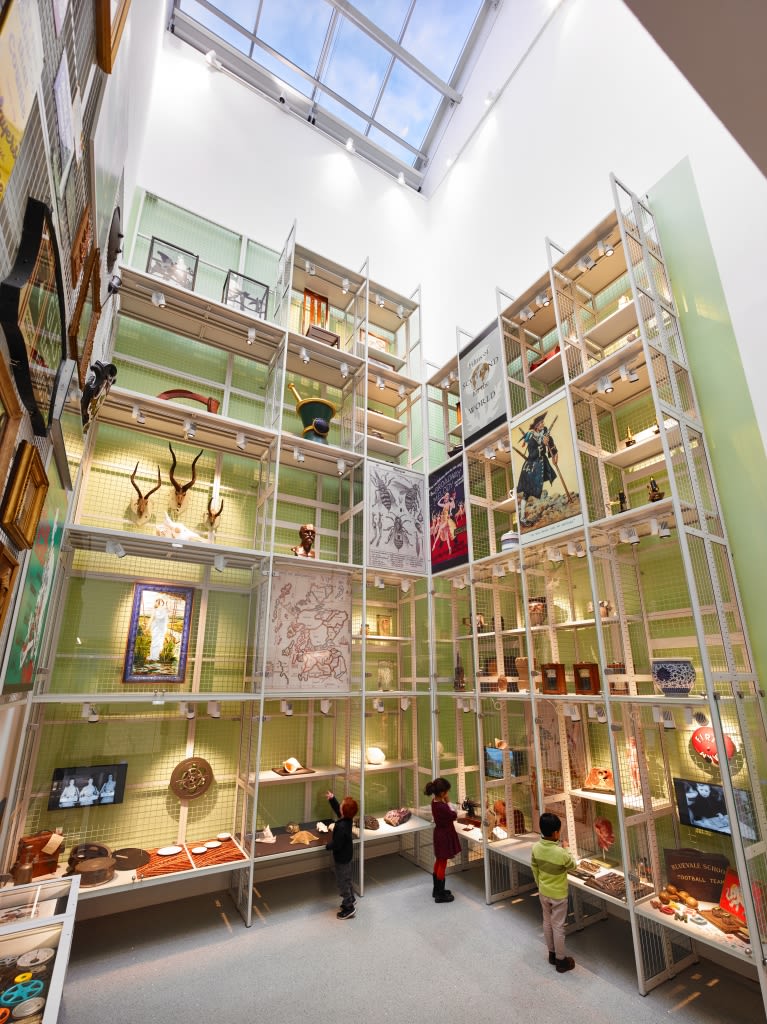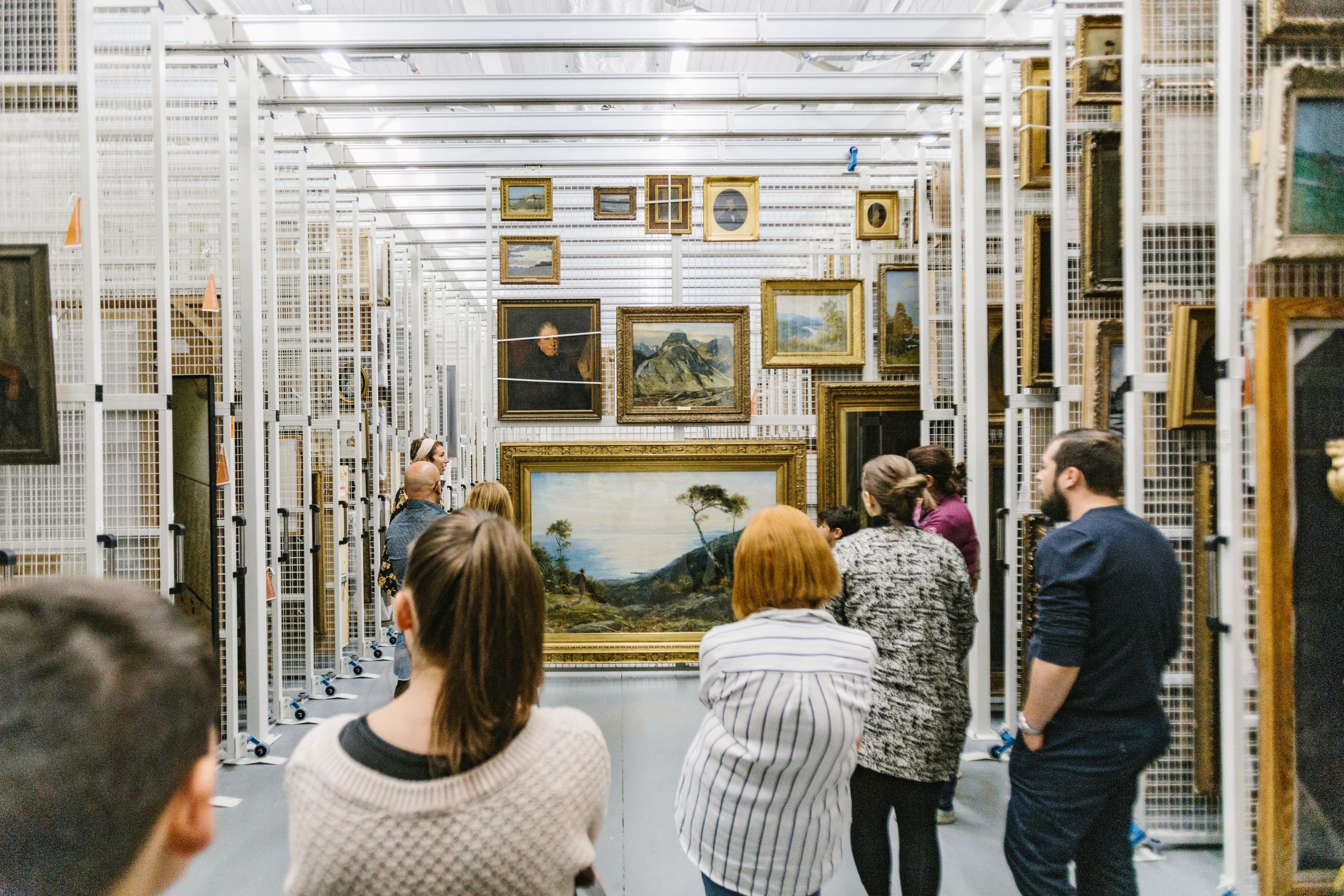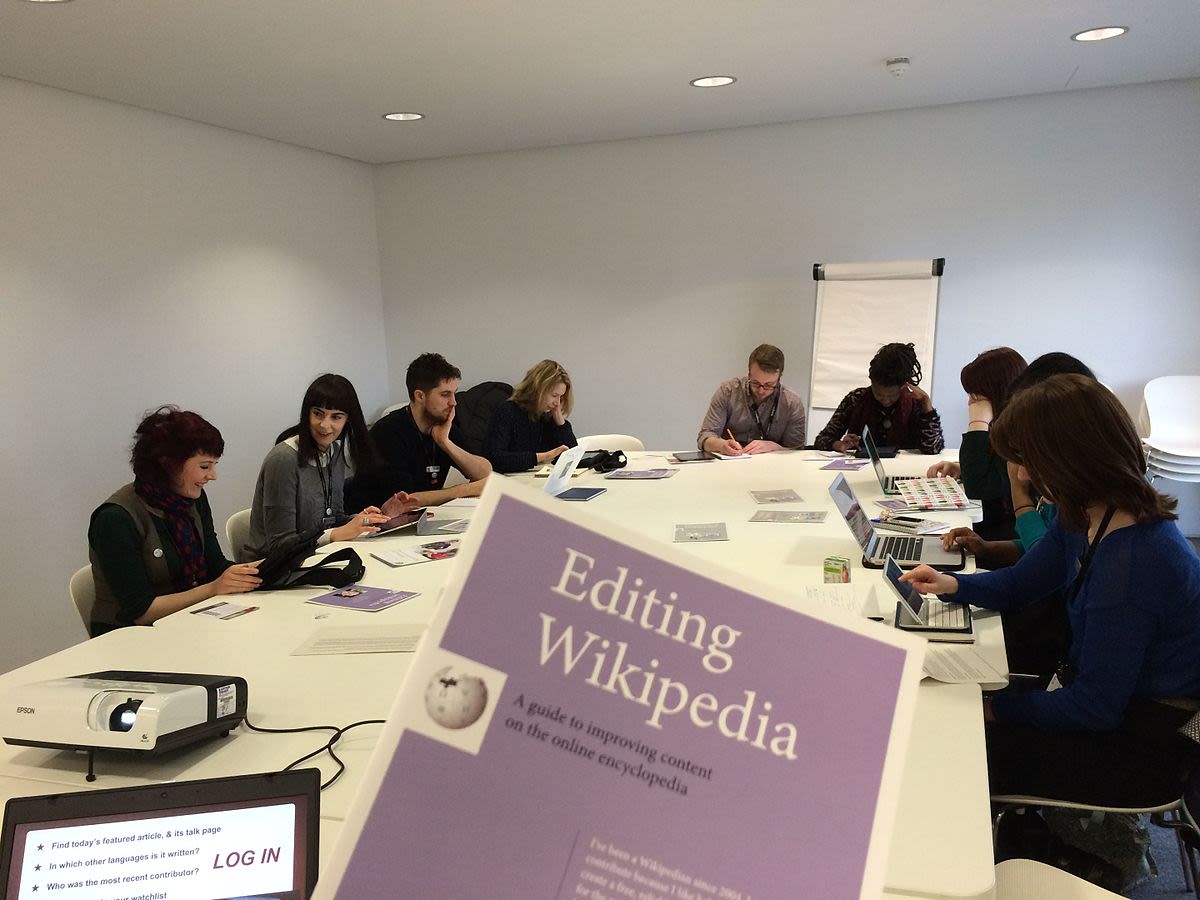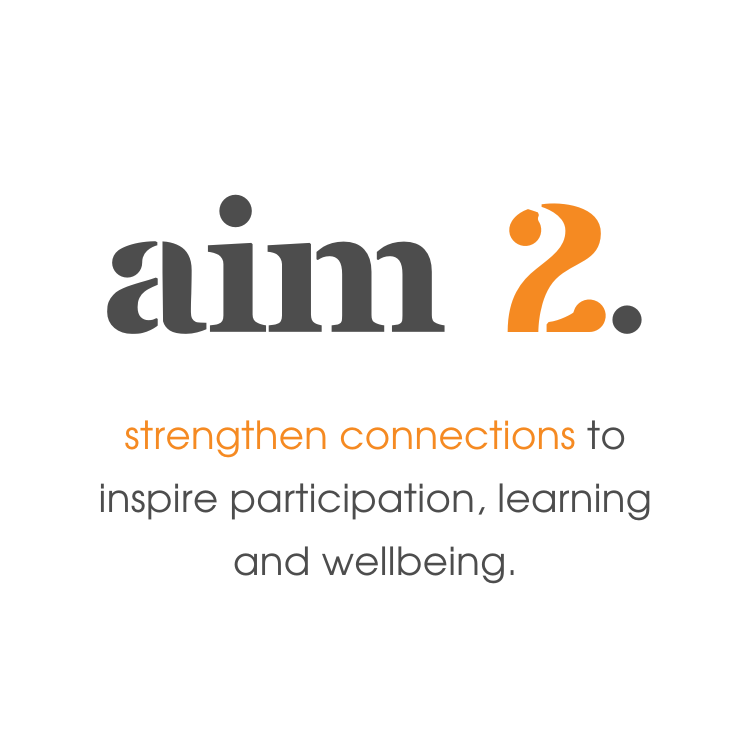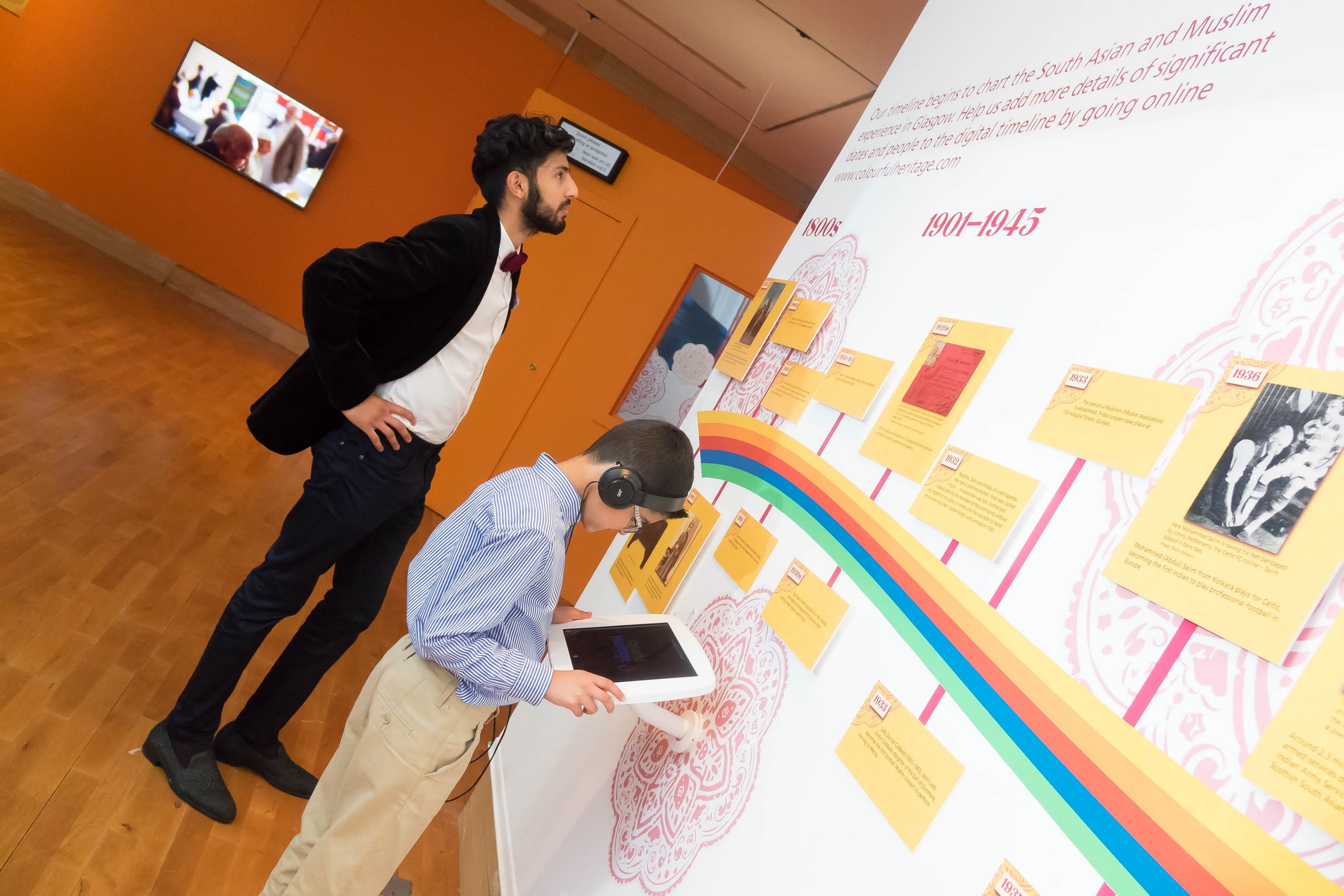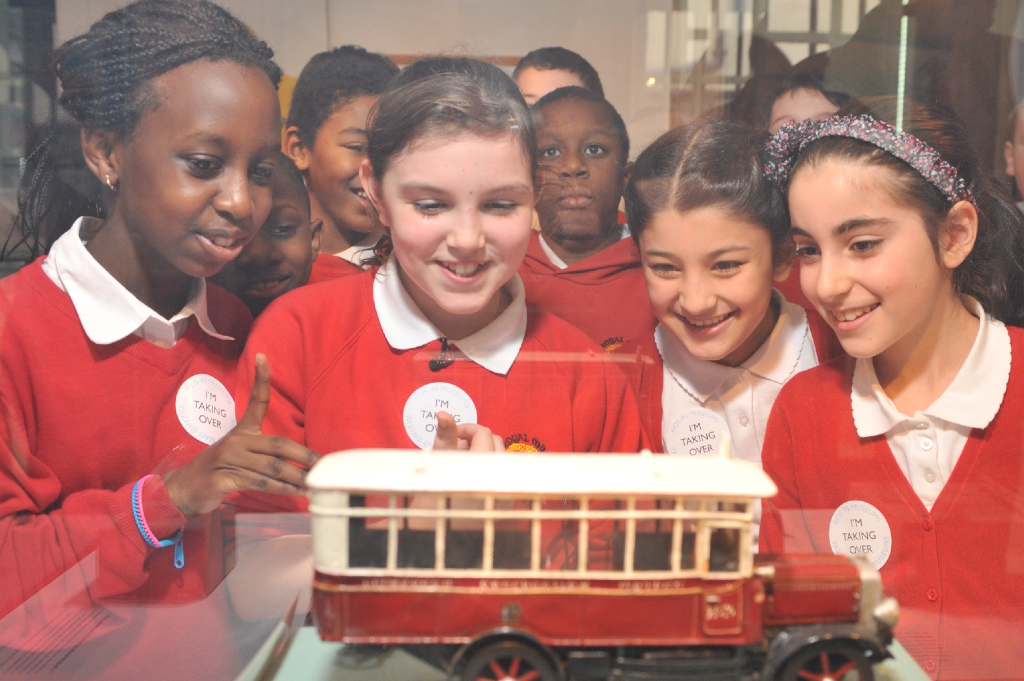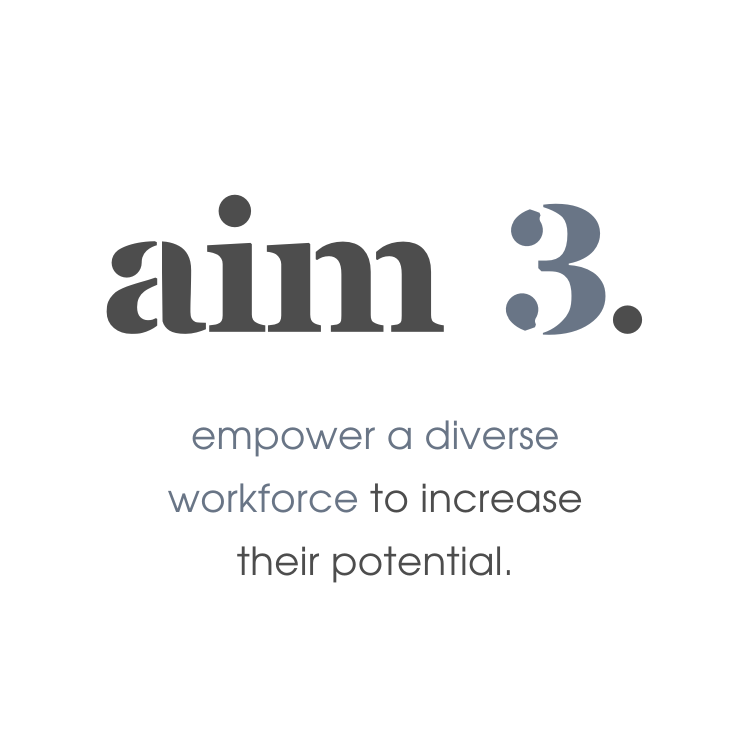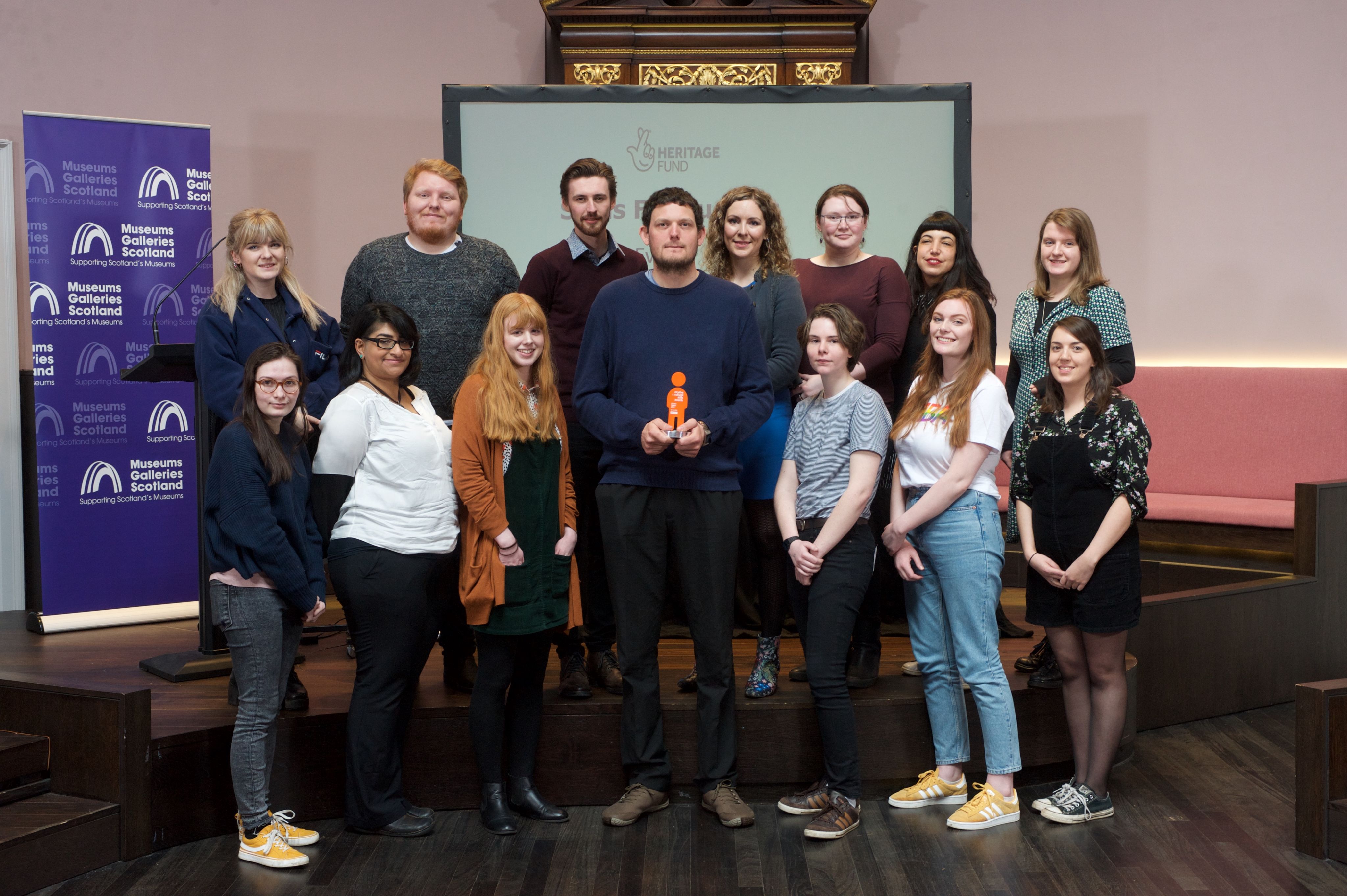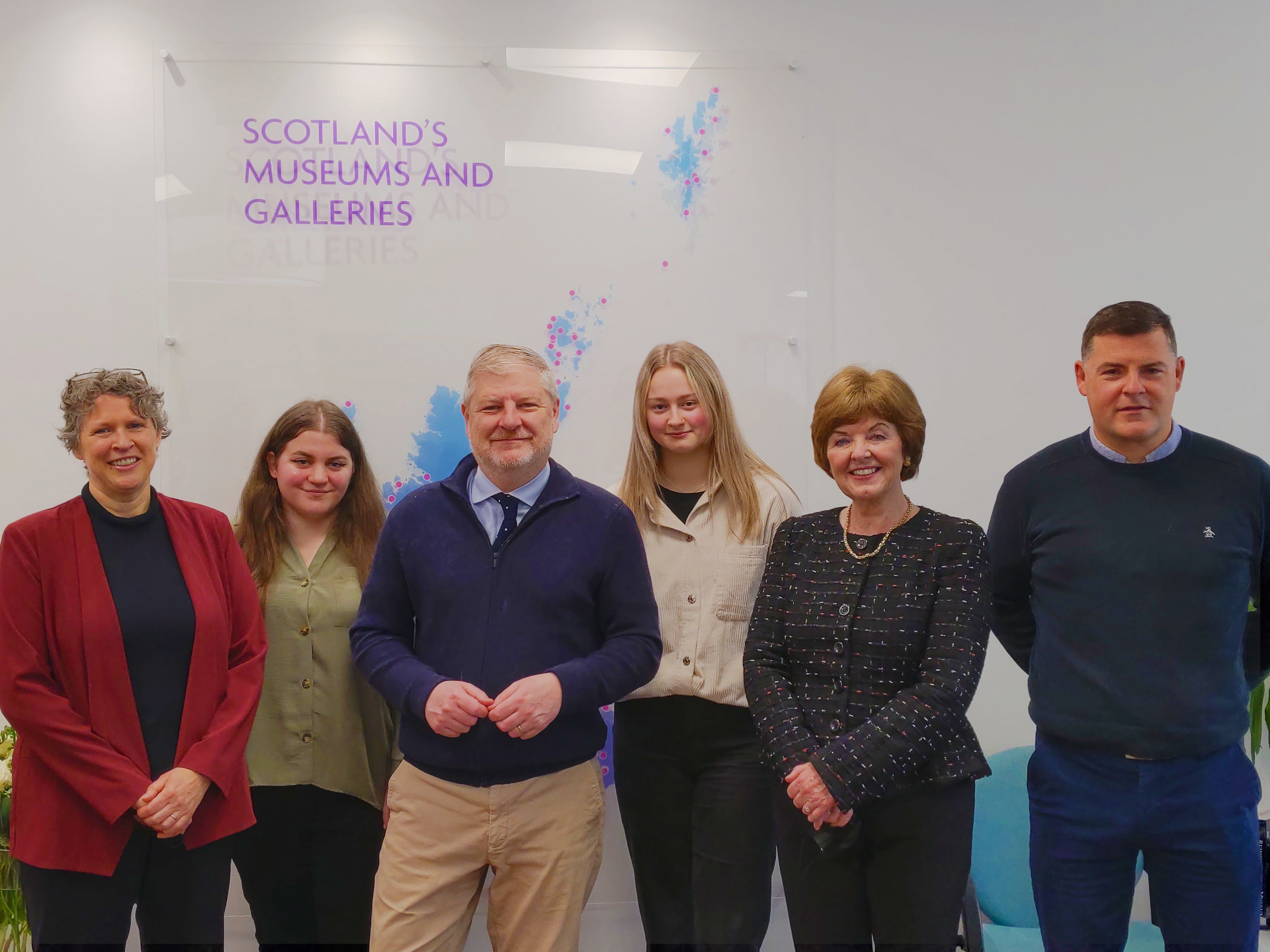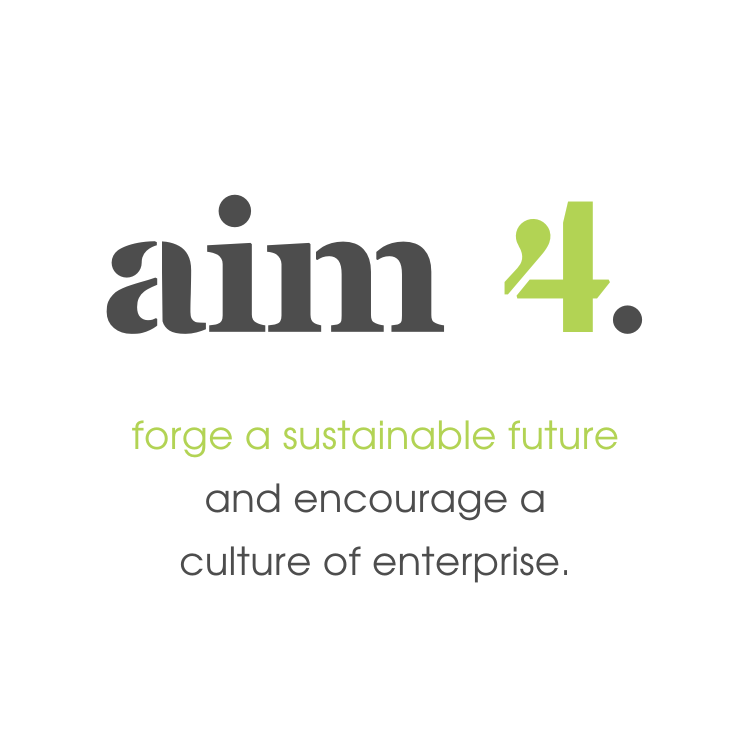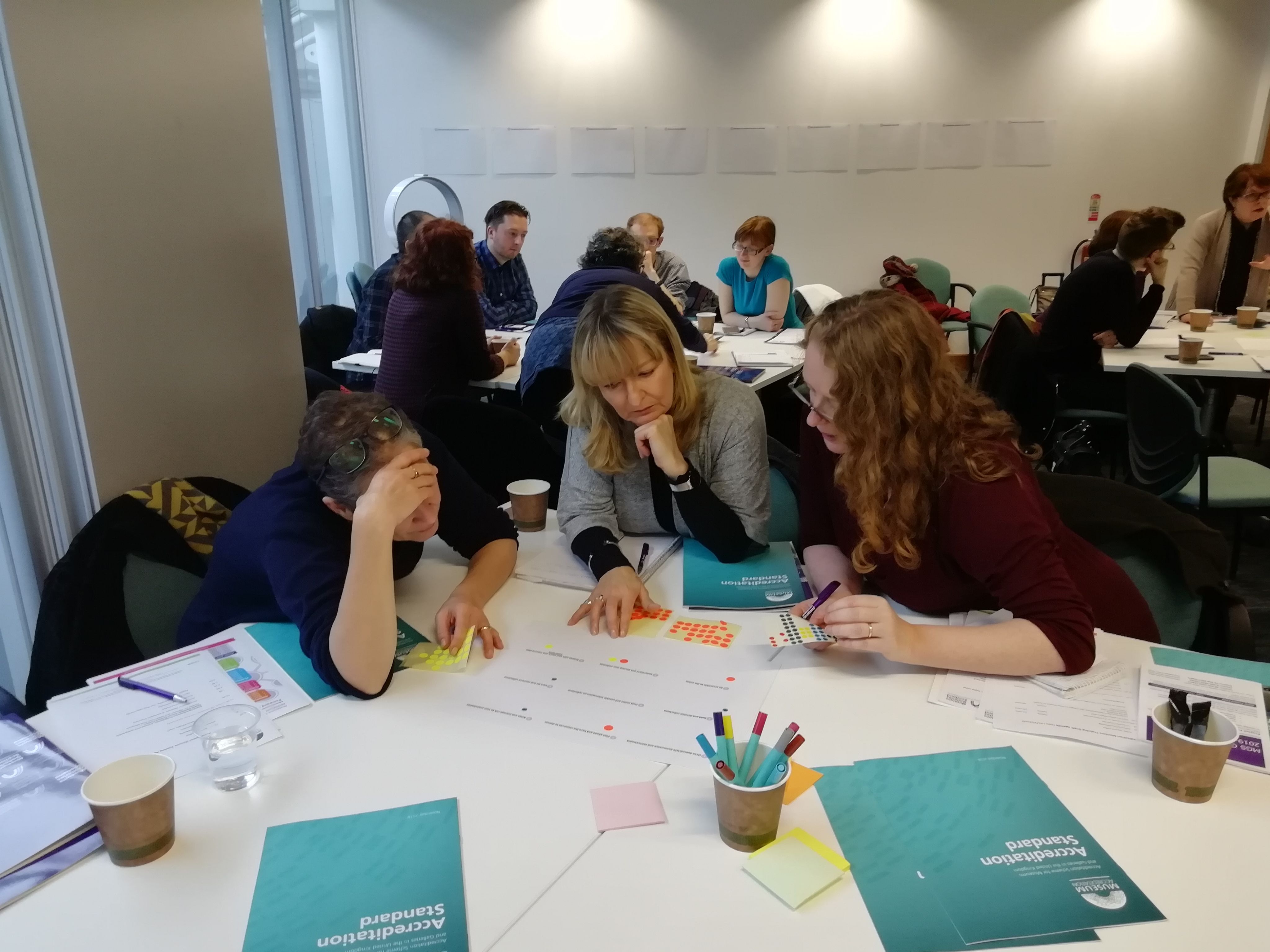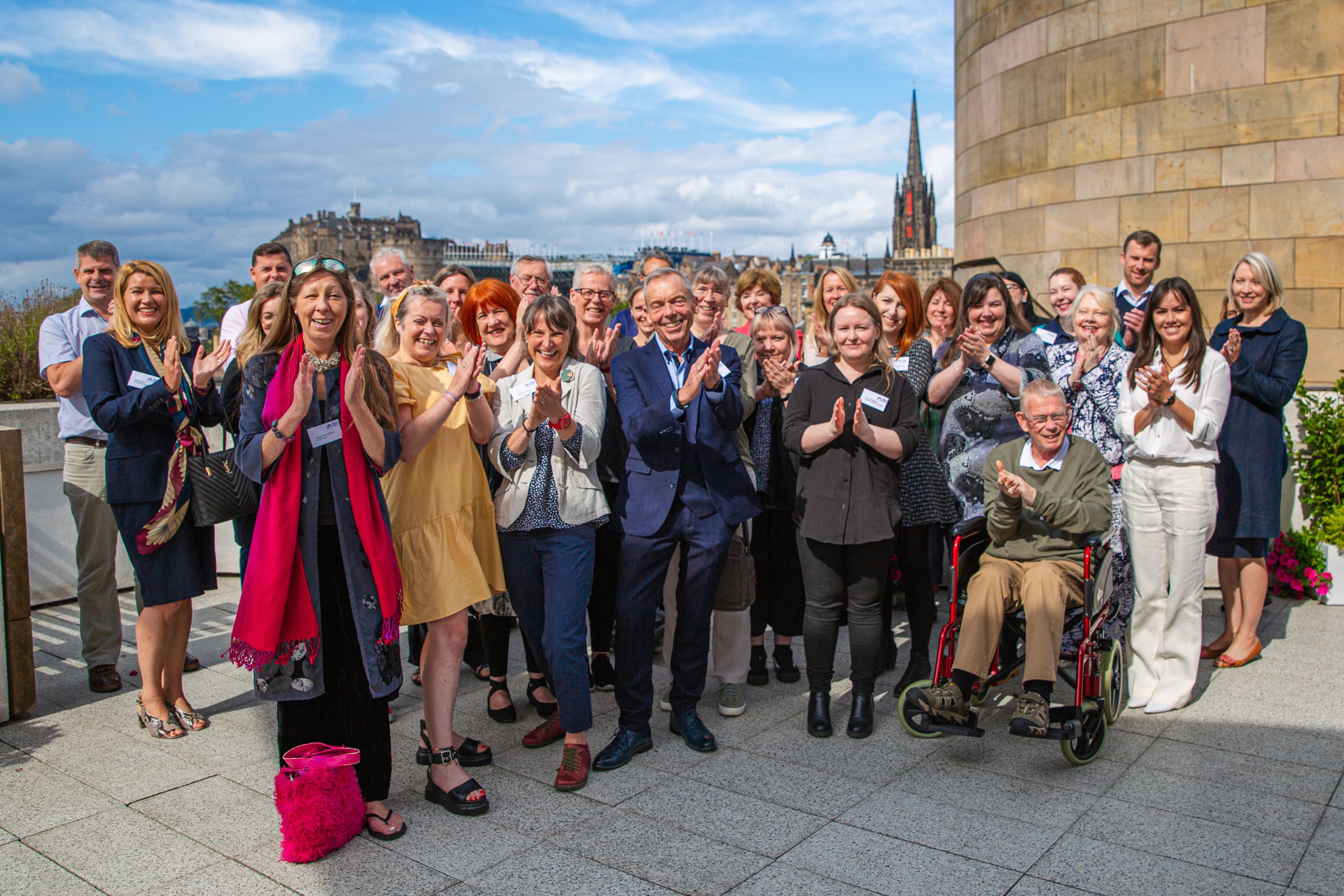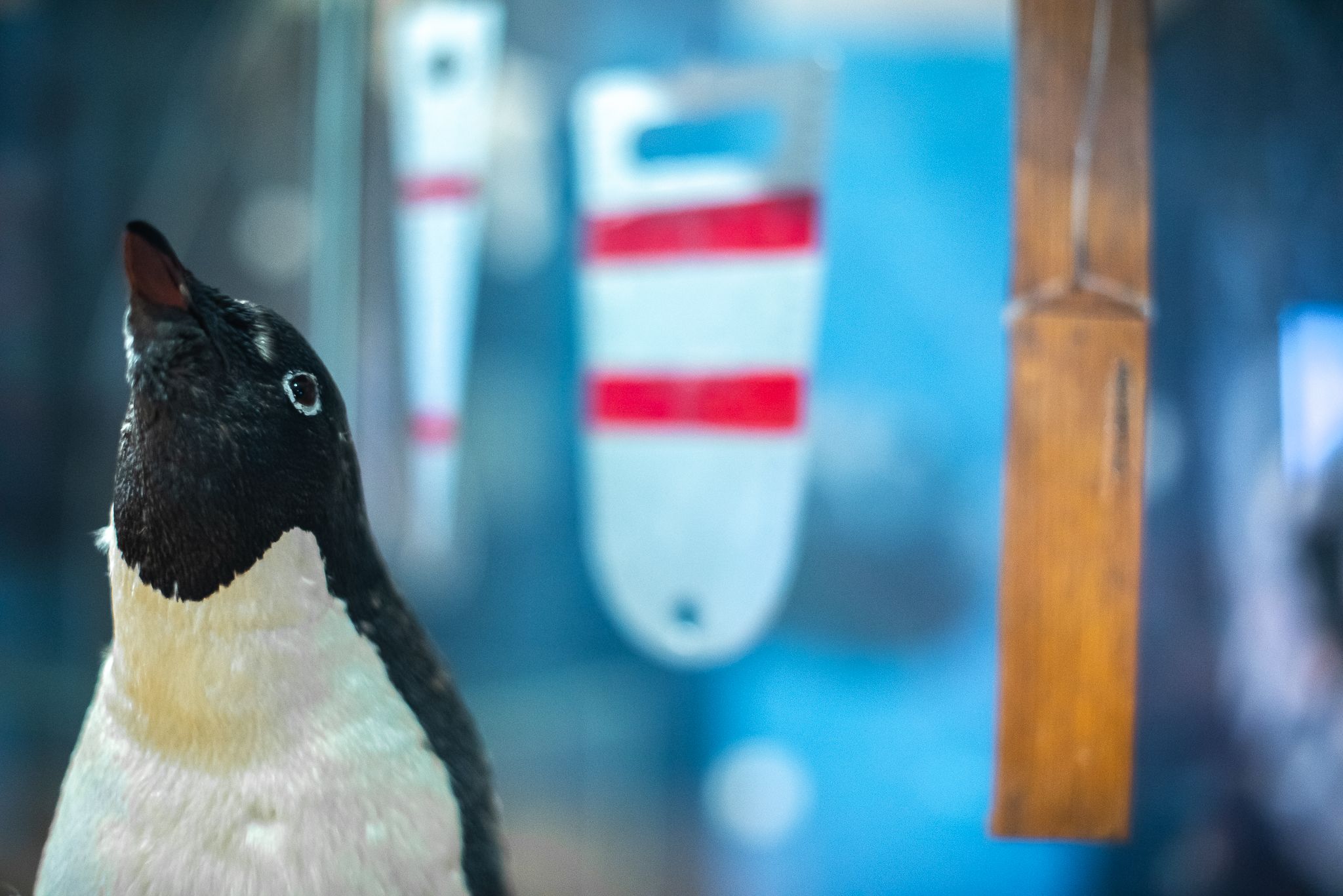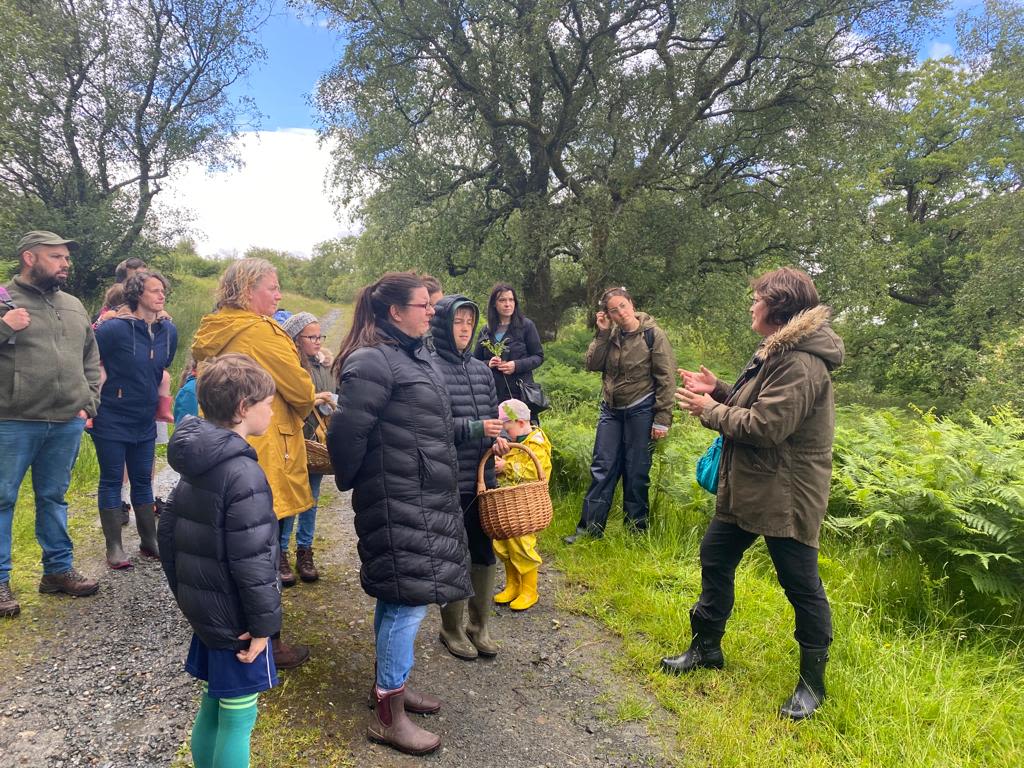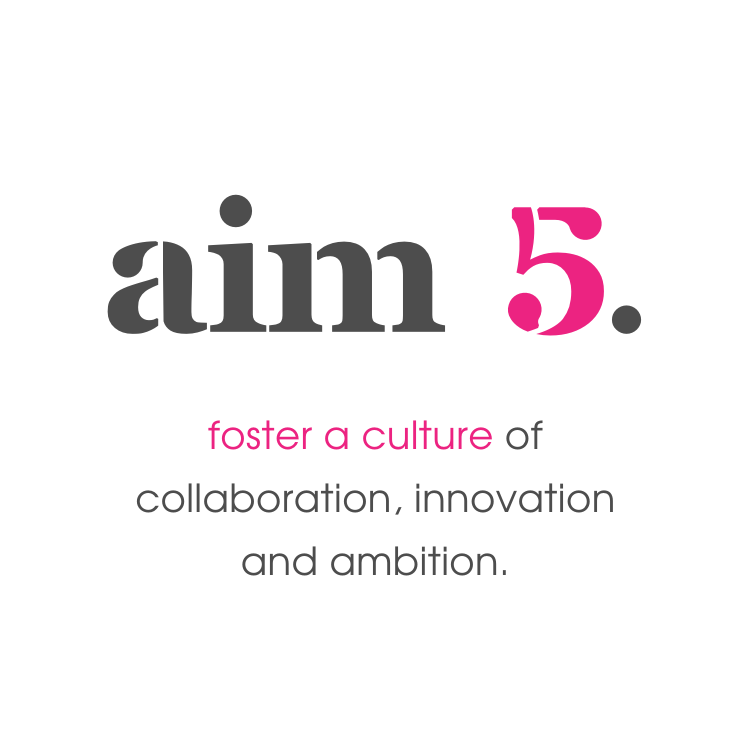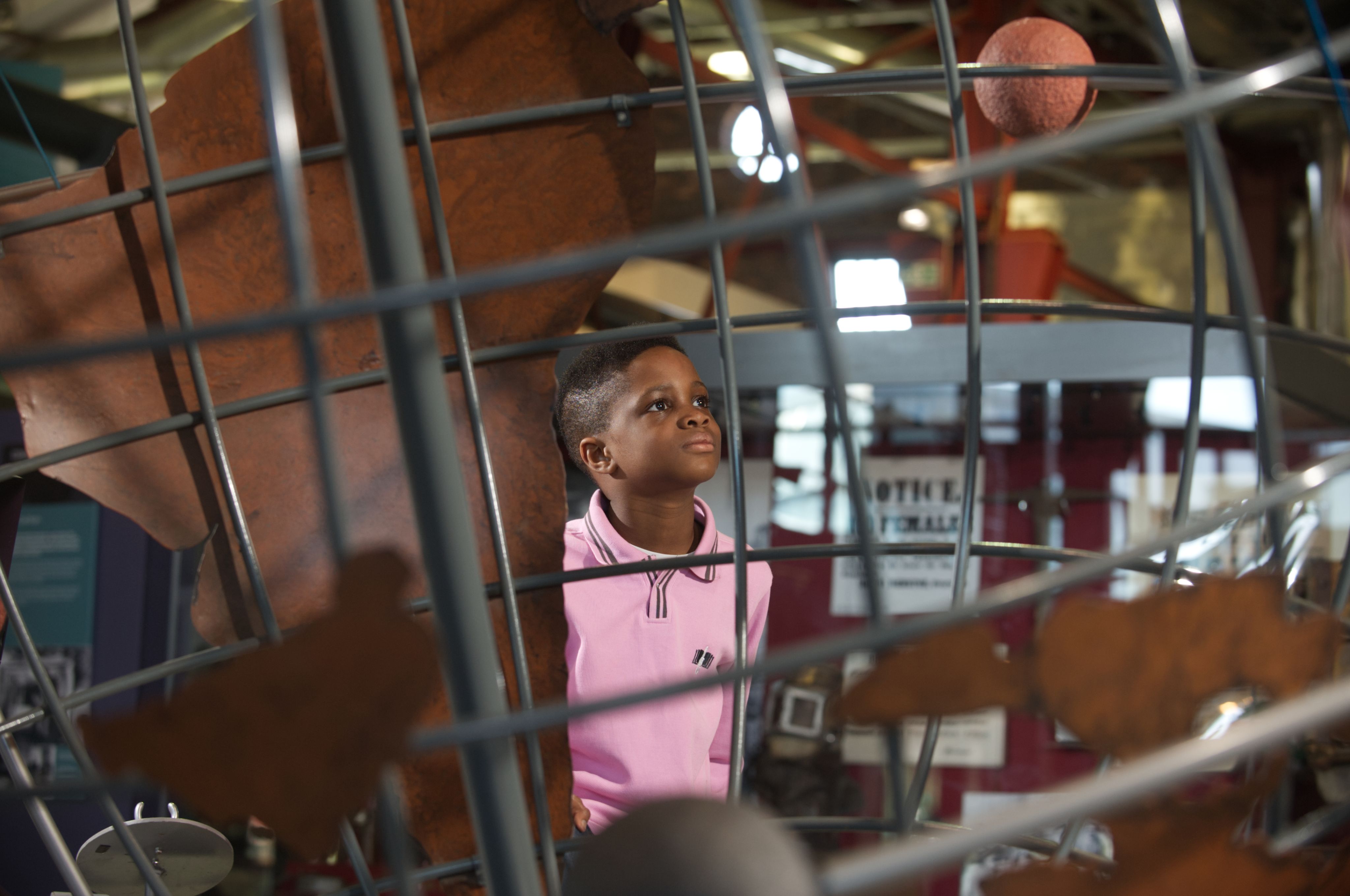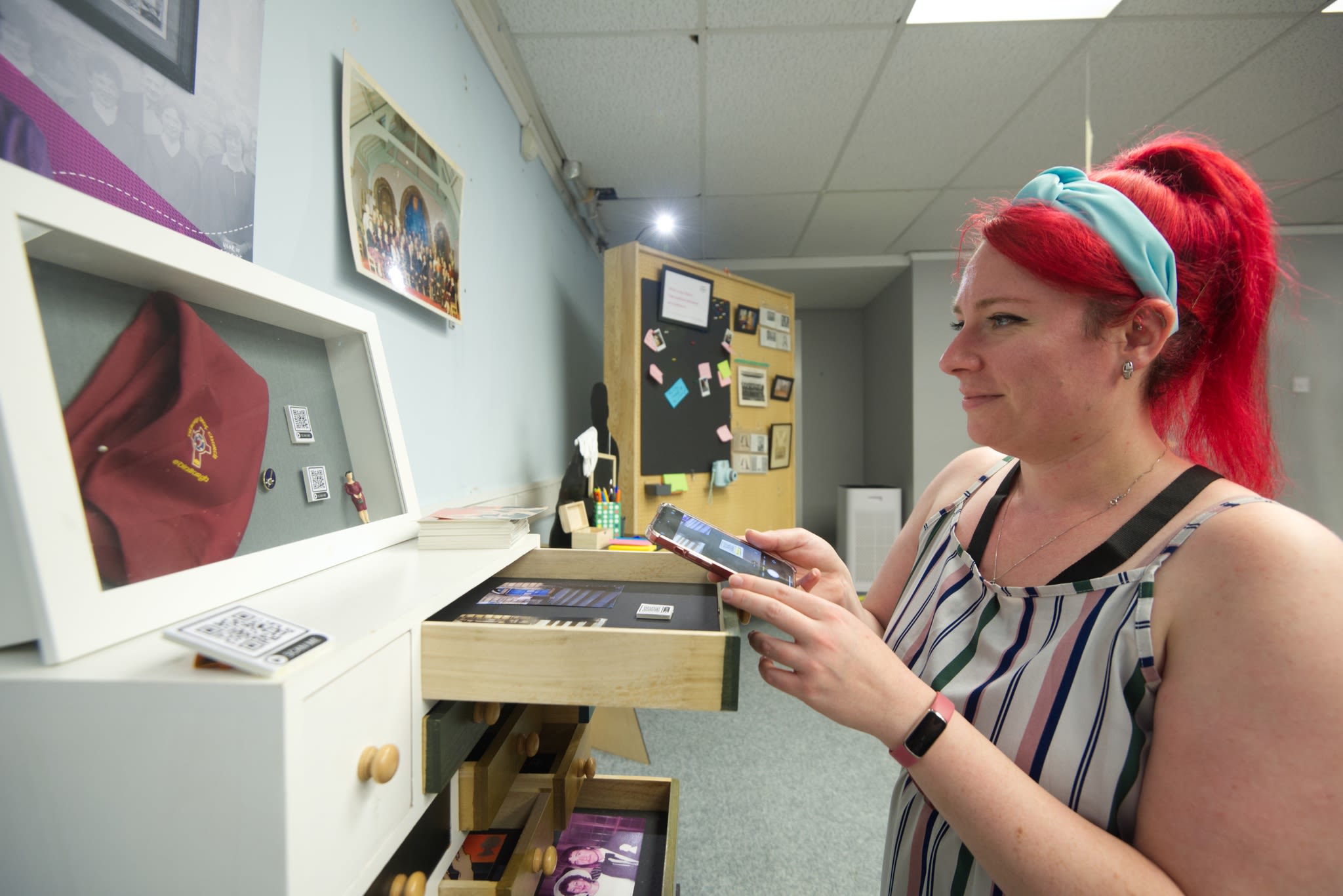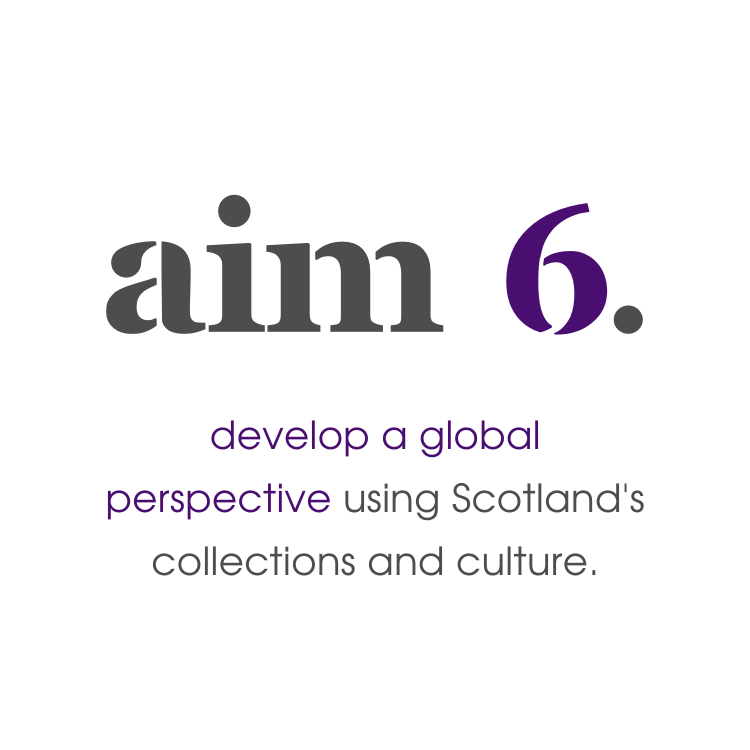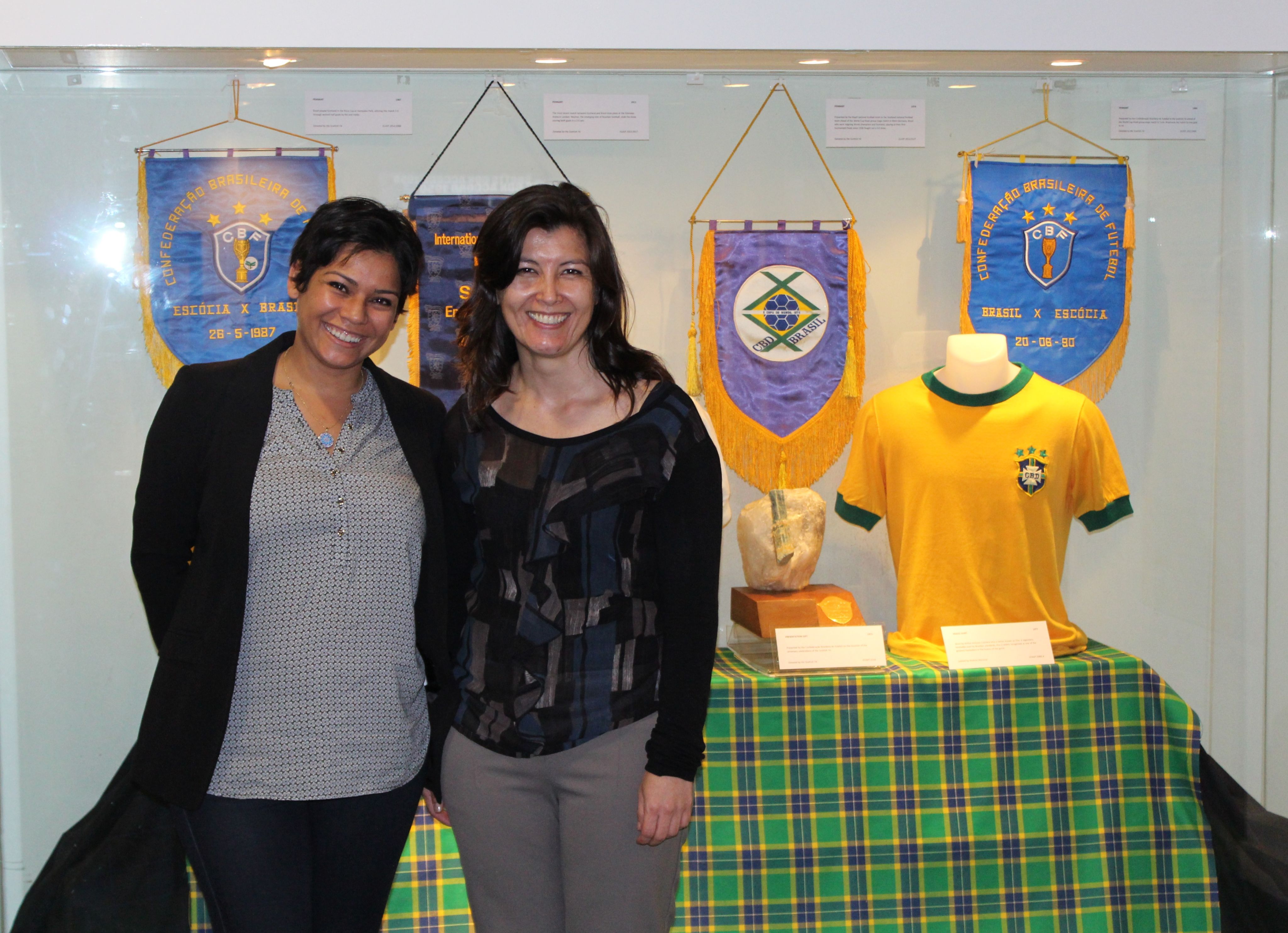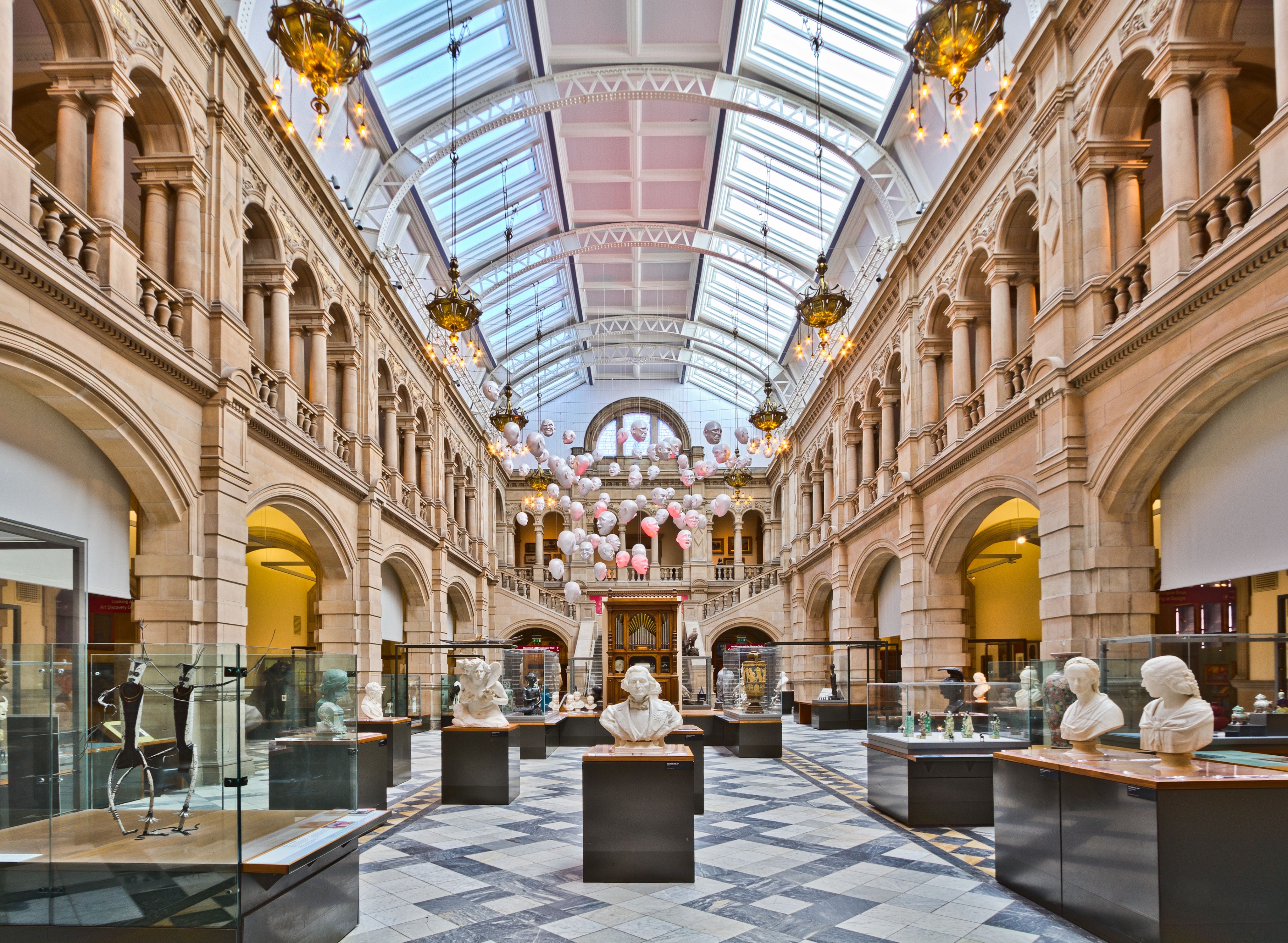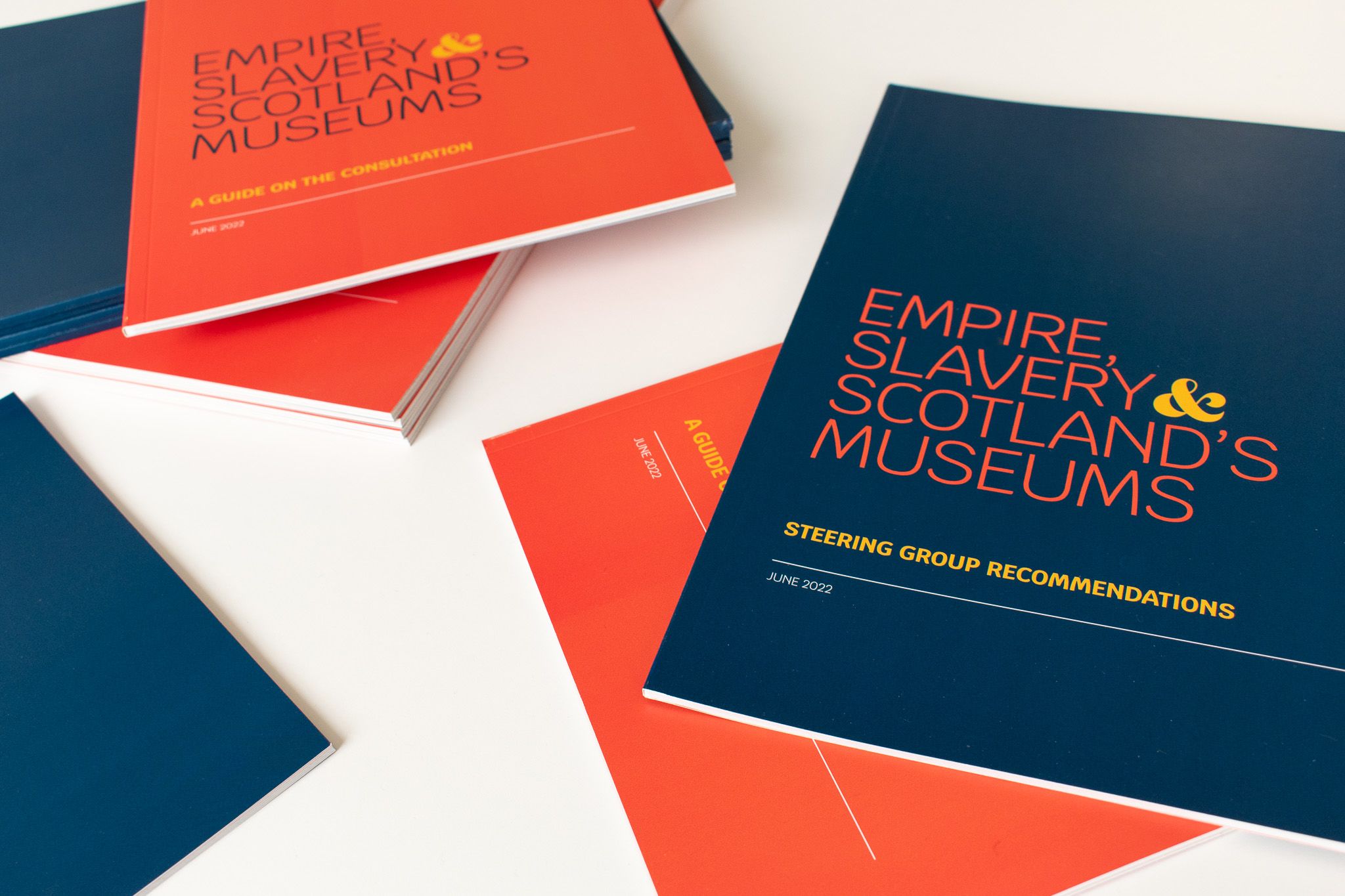Celebrating Ten Years of
Going Further
the National Strategy for Scotland's museums and galleries
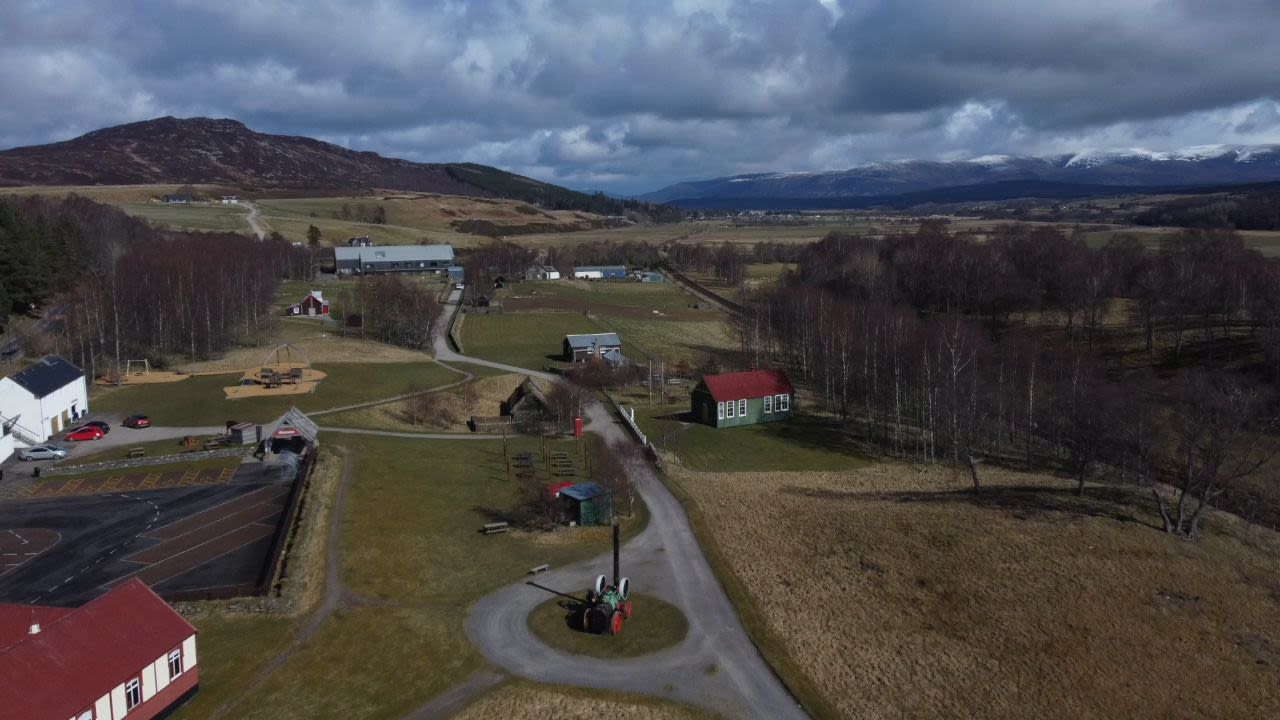
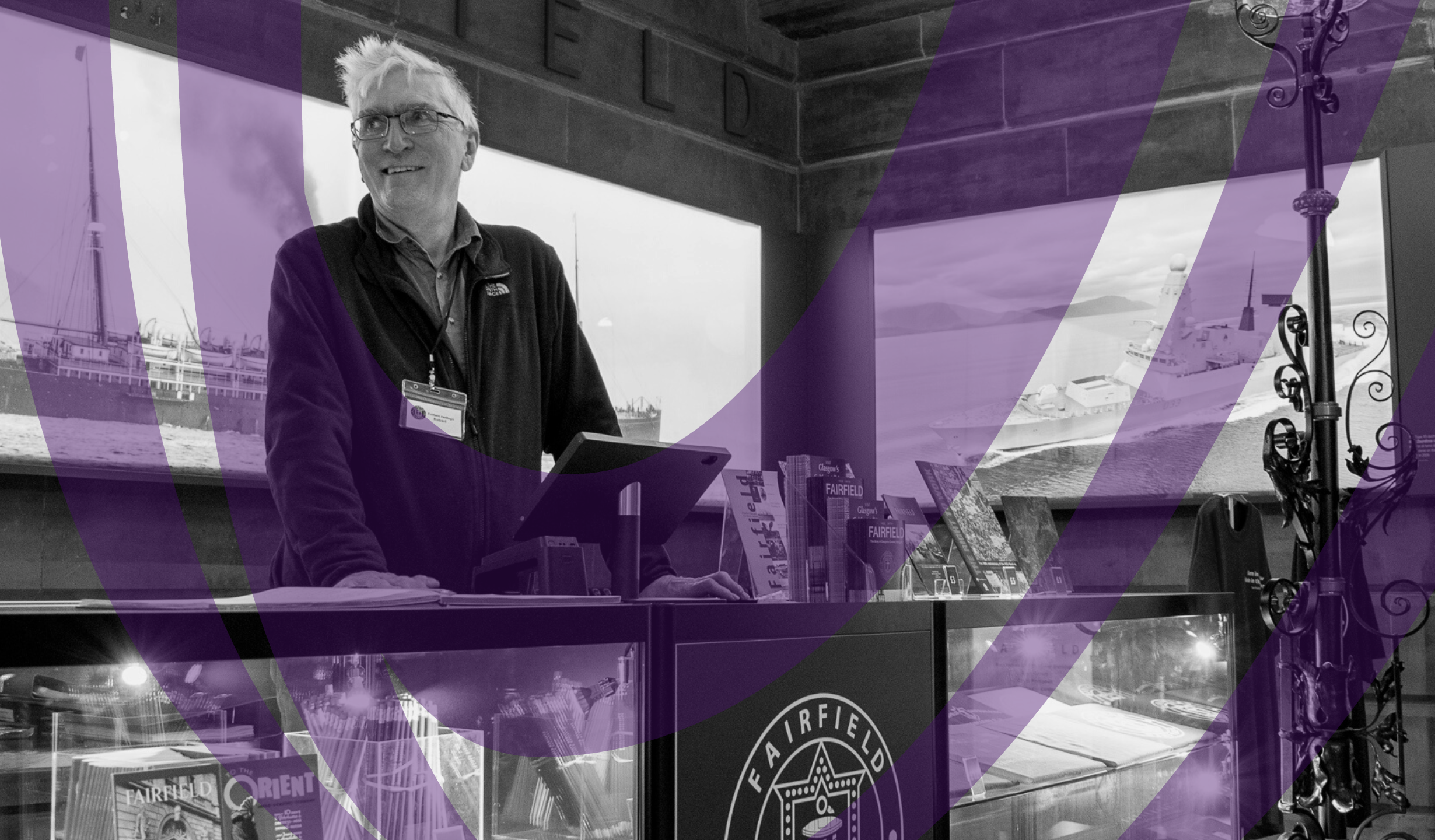
Going Further, a ten-year strategy for Scotland’s museums and galleries, launched in 2012 with a compelling shared vision. The strategy focused on developing a culture of ambition and innovation to help the museum sector flourish. It encouraged creative thinking, promoted collaboration, and recognised the incredible potential of the sector’s talented and committed workforce.
Ten years on, as museums and galleries collaborate with Museums Galleries Scotland on the next national strategy, it seems fitting to review and celebrate all that has been achieved since the publication of Going Further. The museum sector has worked with creativity and passion to meet the six aims of the National Strategy and implement the actions of its three delivery plans.
The past ten years have proven that museums and galleries are innovative and resilient places. They have found new ways to engage with their communities, broaden their reach, and consider how to create inclusive and diverse spaces. They have built and maintained partnerships across the museum sector and beyond and are increasingly confident in their role as advocates for social justice and climate action.
This collective work has ensured that museums and galleries remain a vital part of modern Scotland’s cultural landscape. By adapting to challenges, seizing new opportunities, and sharing our successes, the sector has realised Going Further’s vision of museums as ambitious, dynamic, and sustainable enterprises. They have demonstrated their value as public spaces where communities can connect with collections to be inspired and delighted.
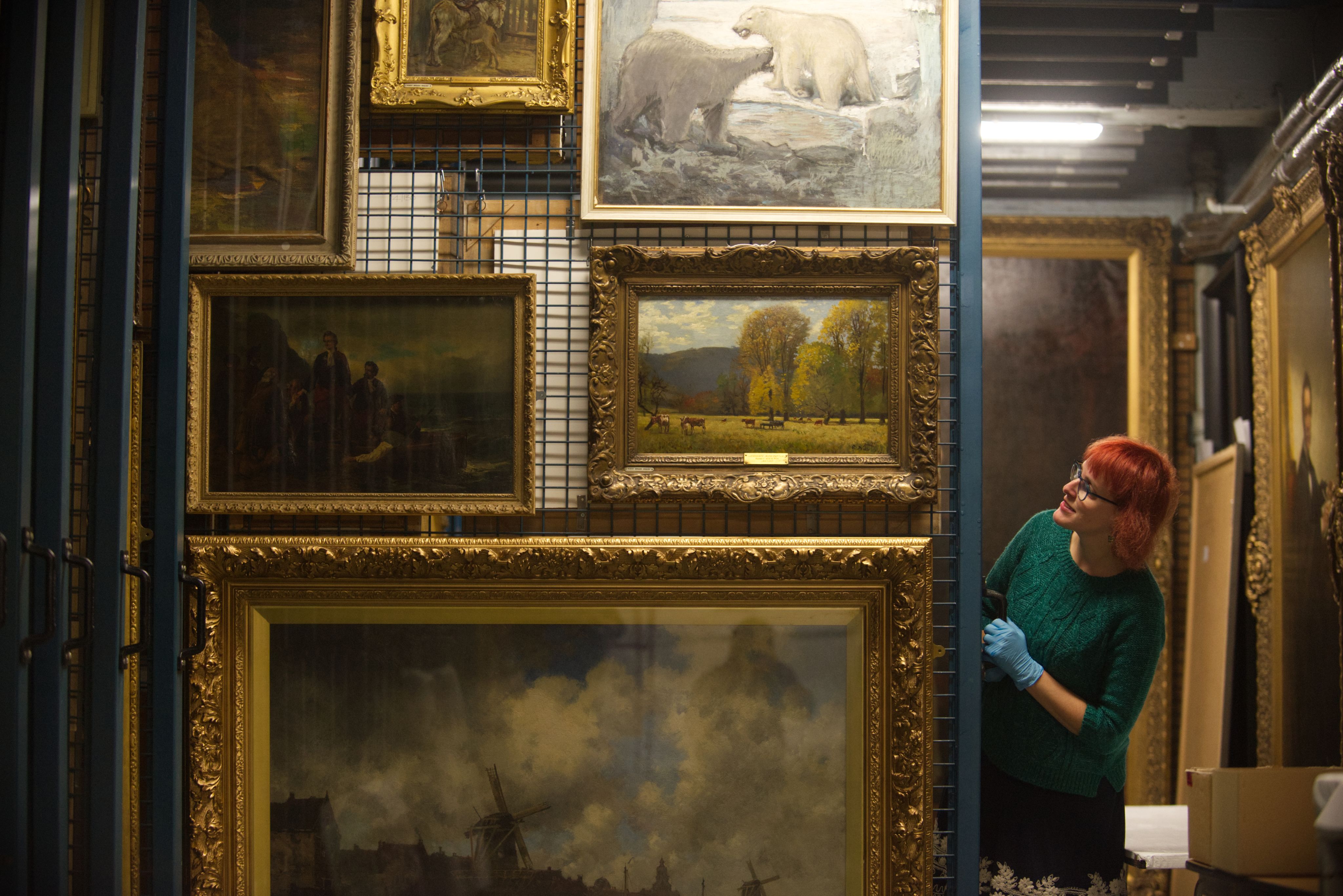
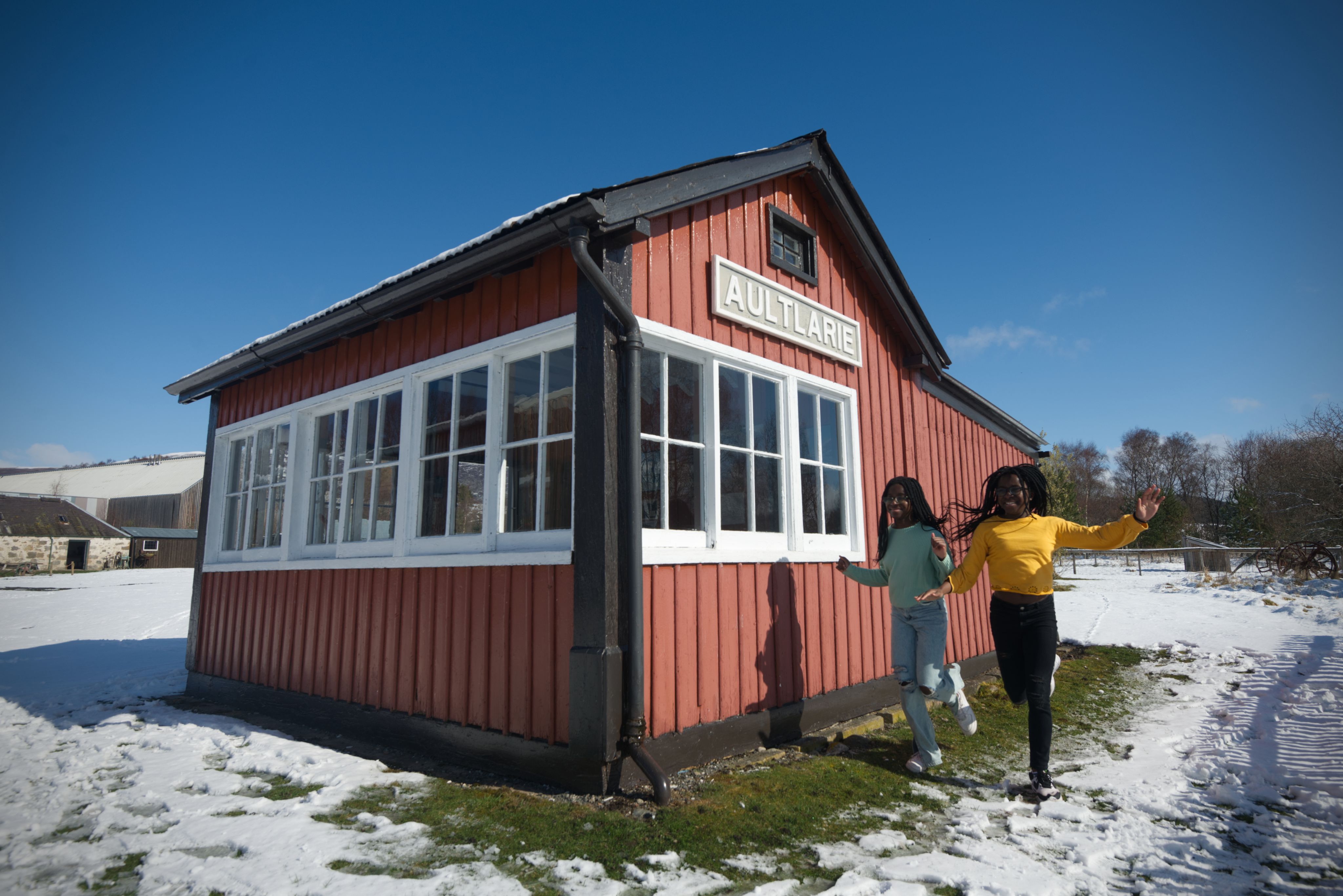
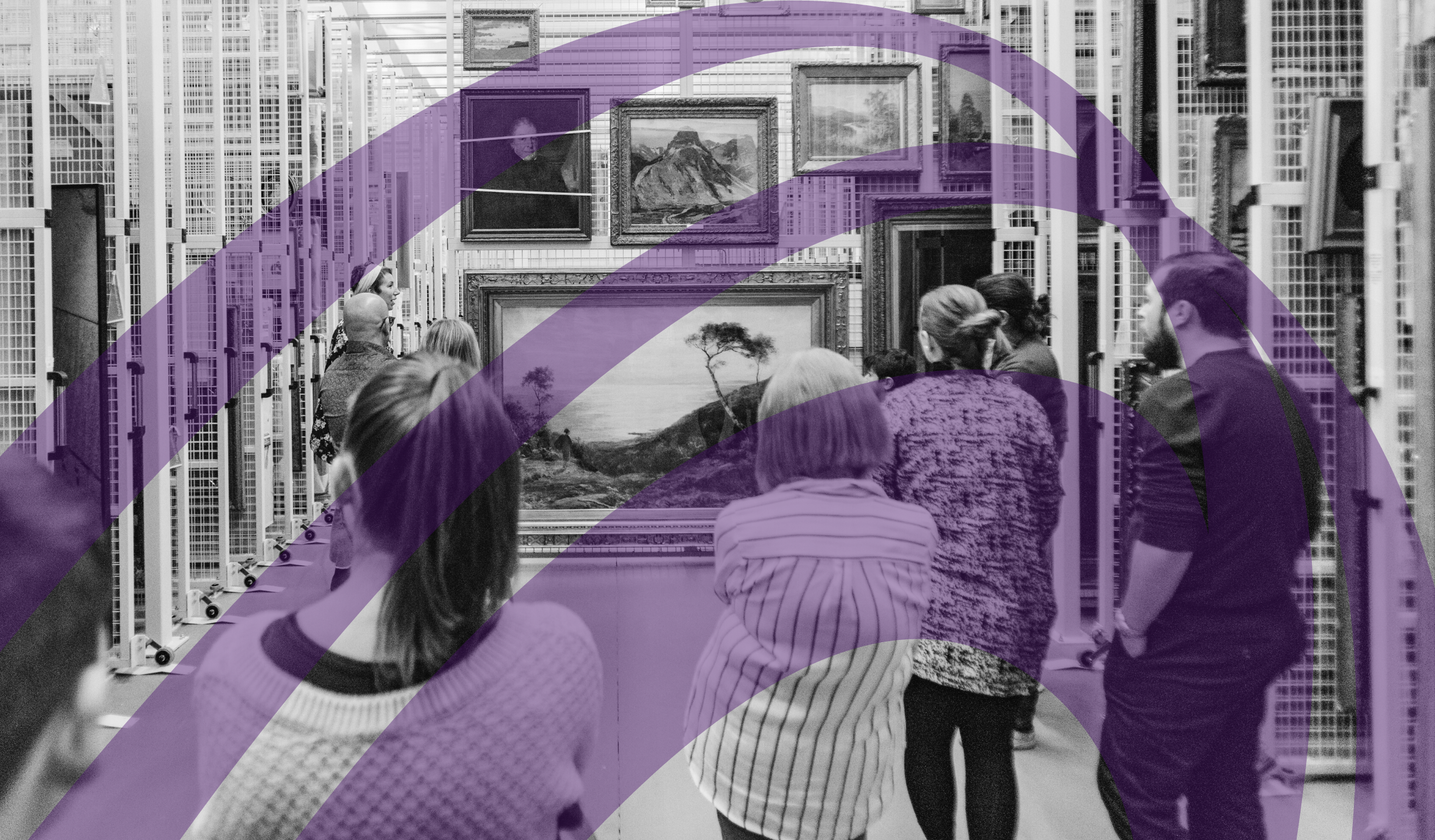
Ten Years of
Achieving Our Aims
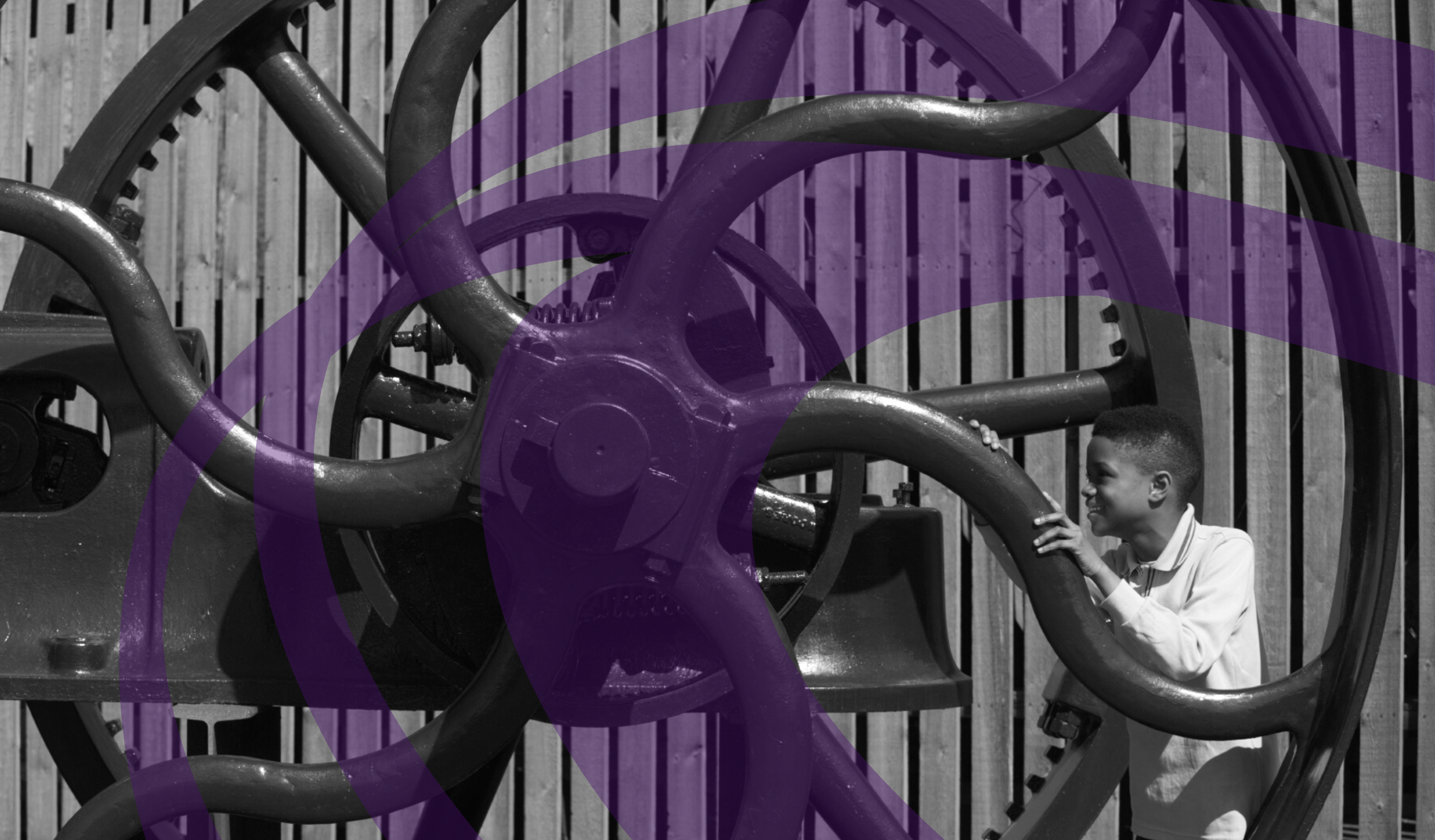
achieving aim 1:
Collections are at the heart of Scotland's museums and galleries. Over the past ten years, innovative projects and major new investments have shaped the way museums acquire, conserve, and display the collections in their care.
Conservation Officer Anna Zwagerman highlights creative approaches to collections care at Culture Perth & Kinross.
Museums have gained new insights into their collections and taken steps to share their knowledge. Museums Galleries Scotland (MGS) organised Collections Workshops to address the fundamentals of collections care and management, drawing on the experience of Recognised Collection holders for the benefit of the wider museum sector. National Museums Scotland has carried out four major National Collections Reviews over the past ten years, making exciting discoveries and enabling museums to tell new stories about their ancient Egyptian, East Asian, Fossil, and Pacific collections.
In 2022 the 51st Recognised Collection of National Significance to Scotland was awarded to South Lanarkshire Leisure and Culture's Sir Harry Lauder Collection. The Recognition Scheme celebrates, promotes and invests in nationally significant collections beyond those held in Scotland's national museums and galleries.
The Fine Art & Decorative Art Collections at The McManus: Dundee's Museum and Art Gallery are among Scotland's 51 Recognised Collections.
The Fine Art & Decorative Art Collections at The McManus: Dundee's Museum and Art Gallery are among Scotland's 51 Recognised Collections.
Several major new developments have been undertaken to improve the storage and conservation of vital collections. Achievements include the opening of Am Fasgadh at the Highland Folk Museum in 2013, the National Museums Collection Centre at Granton in 2015, and the Aberdeen Treasure Hub in 2016. From 2019 to 2022, the Auld Reekie Retold project saw Museums and Galleries Edinburgh lay the groundwork for a new City Collections Centre by undertaking a major review of their collections.
The collections store Am Fasgadh, Gaelic for 'The Shelter', opened at the Highland Folk Museum in 2013. Image credit: Rob McDougall.
The collections store Am Fasgadh, Gaelic for 'The Shelter', opened at the Highland Folk Museum in 2013. Image credit: Rob McDougall.
Organisations have worked in partnership to preserve and promote their collections. In 2016 Glasgow Life, the University of Glasgow and the National Library of Scotland oversaw the re-opening of Kelvin Hall, a collaborative cultural venue featuring joint storage and exhibition spaces, as well as a range of education and fitness facilities.
Collections on display at Kelvin Hall in Glasgow.
Collections on display at Kelvin Hall in Glasgow.
Collections stores have also reached new audiences as part of wider regeneration plans. Paisley: The Secret Collection, which was launched in 2017 as the UK's first High Street museum store, has played an important role in the redevelopment of Paisley's town centre.
Visitors touring the Aberdeen Treasure Hub. Image credit: Grant Anderson (CC BY-SA 4.0).
Visitors touring the Aberdeen Treasure Hub. Image credit: Grant Anderson (CC BY-SA 4.0).
Innovative projects and events have enabled museum collections to be shared with new audiences. The Scottish museum sector's first Wikimedian in Residence was appointed in 2015, working in partnership with Wikimedia UK and Glasgow Museums to increase digital access to museum and gallery collections. Shetland Museum and Archives worked with over 450 volunteers around the world on Authenticity, a project investigating the knitted lace in their collections. The Sharing Collections Symposium was organised by MGS and National Museums Scotland in 2017 to encourage object loans and collaborative exhibitions.
Staff at the Riverside Museum in Glasgow receiving training from the Scottish museum sector's Wikimedian-in-Residence. Image credit: Sara Thomas (CC BY-SA 4.0).
Staff at the Riverside Museum in Glasgow receiving training from the Scottish museum sector's Wikimedian-in-Residence. Image credit: Sara Thomas (CC BY-SA 4.0).
achieving aim 2:
Museums and galleries have sparked imaginations and enriched lives by connecting with their communities. Through engagement, education, and events, Scotland's museum sector has reached key audiences and achieved a positive social impact.
Hannah Nugent, Schools Engagement Officer for Museums and Galleries Edinburgh, and Mel Aitken, Development Worker for Edinburgh Young Carers, explain how young carers have benefitted from visits to the City Art Centre.
Museums and galleries have increasingly developed activities which aim to improve the wellbeing of their communities. Grampian Hospitals Arts Trust has worked with NHS staff to curate displays across 34 NHS Grampian sites, effectively communicating the value of their art collection as a cultural asset, and High Life Highland has partnered with National Museums Liverpool and museums across the Highlands to develop My House of Memories, a digital resource for people living with dementia.
The University Museums in Scotland Creating Wellbeing conference in 2021 and the Scottish Museum Federation’s Focus on the Workforce conference in 2022 both highlighted the importance of mental wellbeing to the museum sector, while a literature review undertaken by MGS in 2021 demonstrated the role of museums and galleries in supporting health and wellbeing and education.
MGS also established the Strategic Learning Forum in 2018 to facilitate collaboration on learning and engagement across the Scottish heritage sector.
"The Strategic Learning Forum is key for keeping up to date with sector news, funding, and advice. I have been able to network with colleagues across Scotland and see others work through in-person visits."
- Sarah Cowie, Senior Heritage Learning Advisor,
National Trust for Scotland
Museums and galleries have worked to engage with diverse audiences and improve access to Scotland’s cultural spaces. Glasgow Museums collaborated with Colourful Heritage in 2017 to open GlaswegAsians, an exhibition at Scotland Street School Museum which shared the history of Scotland's South Asian and Muslim communities. National Mining Museum Scotland teamed up with youth charity Y2K to develop Mayfield Explorers, a project which encouraged young people from socially and economically deprived areas to connect with their local history through workshops, interviews and a co-curated exhibition. 2013 saw the first of many Kids in Museums Takeover Days in Scotland, with 27 museums offering over 1,000 children a unique opportunity to work alongside staff for a day.
The GlaswegAsians exhibition on display at Scotland Street School Museum in 2017. Image credit: CSG CIC Glasgow Museums and Collection.
The GlaswegAsians exhibition on display at Scotland Street School Museum in 2017. Image credit: CSG CIC Glasgow Museums and Collection.
MGS has worked with learning and access partners to tackle barriers to inclusion in Scottish museums. Staff have consulted with Vocaleyes to improve disability access for visitors with visual and sensory impairments, and Kids in Museums to give advice on how museums can create friendly environments for families and children with additional support needs.
School pupils taking part in a Kids in Museums Takeover Day at the Museum of Edinburgh. Image credit: Rob McDougall.
School pupils taking part in a Kids in Museums Takeover Day at the Museum of Edinburgh. Image credit: Rob McDougall.
Digital communications and campaigns have enabled the museum sector workforce to broaden their reach and build new connections. Online engagement was particularly vital during the COVID-19 pandemic, with Art Fund shortlisting Timespan in Helmsdale for Museum of the Year award 2021 thanks in part to the strength of its digital work during the lockdowns of 2020.
MGS also increased its digital impact during the pandemic, promoting museums online with the #MuseumsSparkJoy campaign and partnering with Education Scotland in 2021 to provide opportunities for heritage organisations and educators to share digital learning resources.
achieving aim 3:
The museum sector has invested in its workforce by participating in a range of training, development, and skills sharing programmes. With support from funding bodies, the Scottish Government, and MGS, museums and galleries have improved working environments and created new paths into the workforce.
Elliot Melton, Learning and Access Assistant at the Scottish Maritime Museum, and Caroline Clark, Director for Scotland at the National Lottery Heritage Fund, share their thoughts on the importance of investing in a diverse museum sector workforce.
MGS was part of a group of organisations which commissioned the 2016 Character Matters Report. This report marked a significant shift in attitudes towards workforce development and recruitment across the sector, with museums and galleries working to attract staff and volunteers from diverse backgrounds, develop skills for the future, and share their experiences in innovative ways.
The National Lottery Heritage Fund has played an active role in funding internships and vocational training over the past 10 years. The MGS Interns Programme (2011-14), Heritage Horizons (2015-16), Skills for Success (2018-19), and Skills for Success Legacy Programme (2019-22) were all made possible thanks to their support.
"The Skills for Success programme has been a really good avenue to get into the museum sector, especially for people like me who haven't been to university... By bringing someone like me in, it's a fresh pair of eyes and a different perspective."
- Ellen Pryde, Engagement Trainee,
Scottish Crannog Centre (2019)
In 2019, the MGS Skills for Success programme was awarded the Creative & Cultural Skills Creative Choices award. Image credit: Rob McDougall.
In 2019, the MGS Skills for Success programme was awarded the Creative & Cultural Skills Creative Choices award. Image credit: Rob McDougall.
Apprenticeships have offered young people an alternative route into the museum sector. As a training provider, MGS has worked with organisations including Shetland Museum and Archives, Dundee Museum of Transport, the Stirling Smith, and Culture Perth & Kinross to deliver a range of Modern Apprenticeships, while the Scottish Crannog Centre has benefitted from the success of its own apprenticeship scheme. In 2021 and 2022, the UK Government Kickstart Scheme saw museums and galleries supporting the pandemic recovery by offering 6-month apprenticeships to young people on Universal Credit.
Angus Robertson MSP, Cabinet Secretary for the Constitution, External Affairs and Culture, visits MGS’s new offices for Scottish Apprenticeship Week 2022.
Angus Robertson MSP, Cabinet Secretary for the Constitution, External Affairs and Culture, visits MGS’s new offices for Scottish Apprenticeship Week 2022.
Museums have recognised the importance of investing in a skilled workforce. In 2021, Industrial Museums Scotland established the Powering Our People project to address a decline in conservation skills, while National Museums Scotland has created self-guided training resources for their National Training Programme on Collections Care. Additional training has also been provided by the Digital Literacy Leadership Programme: funded by MGS and Art Fund, this training developed the digital skills and confidence of emerging museum leaders.
As an essential part of the museum sector workforce, volunteers have been the focus of dedicated training and networking opportunities. In 2020 MGS organised Connecting and Engaging Volunteers, an informal online get-together with volunteer-led museums. Their discussions on how they were adapting to the COVID-19 pandemic enabled MGS to tailor the support it provided to the wider sector. 2020 also saw the launch of Make Your Mark, a campaign to increase the number and diversity of heritage sector volunteers in Scotland.
The pandemic also prompted conversations around workplace culture and led to a growing commitment to the principles of Fair Work. By placing Fair Work at the heart of employment practices, museums and galleries have taken steps to ensure that their work environments are inclusive, safe, and productive places.
achieving aim 4:
Scotland's museums and galleries have responded to the challenges of the past decade by focusing on the sustainability of their organisations. They have taken steps to build their financial resilience, reduce their environmental impact, and address the climate crisis.
Eilidh Smith, Front of House Manager at Gairloch Museum, explains how sustainability has emerged as a central theme in their work.
Museums have explored new ways of raising revenue both onsite and online. Enterprising and innovative approaches to retail, events, and partnerships have been supported by MGS through funding, training, advice, and assessment.
Over the past 10 years, MGS has continued to assess the economic and organisational sustainability of museums as part of the Accreditation Standard, an award which recognises performance and unlocks access to a range of funding. As of 2022, there are 254 Accredited museums in Scotland.
An Accreditation training workshop delivered by MGS in 2019.
An Accreditation training workshop delivered by MGS in 2019.
By taking part in events and training, museums have been able to build the resilience of their organisations. In 2014 MGS partnered with the Social Enterprise Academy to deliver the Smart Sustainability Symposium, an event which encouraged participants to to take an entrepreneurial approach to museum management.
40 heritage organisations also benefitted from Surviving to Thriving, a business support programme funded by the National Lottery Heritage Fund and developed by MGS, Built Environment Forum Scotland, and greenspace scotland. Held in 2021 and 2022, this programme helped create a more sustainable museum sector by delivering training on leadership, governance, business planning, and community engagement.
Participants of the Surviving to Thriving business support programme, 2022. Image credit: Olami_Images.
Participants of the Surviving to Thriving business support programme, 2022. Image credit: Olami_Images.
For many museums, financial and environmental sustainability have gone hand-in-hand. The Robert Burns Birthplace Museum and Dundee Museum of Transport are among those organisations which have reduced costs and reached new audiences by addressing their environmental impact.
"Creating a green museum has had an economic as well as environmental impact: fuel bills are lower, and we have free heating and hot water."
- Gavin Pettigrew, Facilities Manager,
Robert Burns Birthplace Museum (2020)
From exhibitions and engagement to environmental measures, Scotland's museums and galleries have become advocates for climate action. Projects such as Dive In at Wardlaw Museum in St Andrews, Preserving Pasts, Imagining Futures at the National Galleries of Scotland and Living Wrecks: The Marine Life of Scapa Flow in Stromness Museum have raised awareness of the climate crisis and how we can work together to protect our planet.
The Dive In exhibition at Wardlaw Museum in St Andrews. Image credit: Gayle McIntyre and MUSA.
The Dive In exhibition at Wardlaw Museum in St Andrews. Image credit: Gayle McIntyre and MUSA.
In the lead up to COP26 in Glasgow in 2021, museums and galleries took part in Creative Carbon Scotland's Climate Beacons project. Organisations partnered with artists, scientists, and policymakers to engage with the public on climate action.
The Coastal Communities Museum in North Berwick held engagement sessions as part of the Climate Beacons project.
The Coastal Communities Museum in North Berwick held engagement sessions as part of the Climate Beacons project.
A 2022 climate survey undertaken by MGS revealed that the museum sector workforce has developed a high awareness of the climate crisis- but that more must be done to support museums and galleries in their journey towards environmental sustainability.
achieving aim 5:
By working together and sharing resources, museums and galleries have unlocked opportunities, gained skills, and reached new audiences. Partnerships with businesses, charities, and institutions have enabled the museum sector to broaden its activities and diversify its networks.
Nicola Henderson from Museums and Heritage Highland describes how collaboration between 15 museums led to the Highland Threads project.
Through collaboration with external partners, museums and galleries have succeeded in increasing their impact. Education and wellbeing have been the focus of outreach projects including Reconnect at the McManus: Dundee's Museum and Gallery and Museums Dementia Socials at St Cecilia's Hall in Edinburgh, while partnership events such as Shift at Summerlee Museum of Scottish Industrial Life and New Connections across the Northern Isles have placed an emphasis on communities and local history.
Summerlee Museum of Scottish Industrial Life has worked in partnership with culture sector organisations to explore local history. Image credit: Rob McDougall.
Summerlee Museum of Scottish Industrial Life has worked in partnership with culture sector organisations to explore local history. Image credit: Rob McDougall.
Museums have also worked together on exhibitions, engagement, and knowledge exchange. During the COVID-19 pandemic, digital collaborations such as Tayside Treasures, Highland Threads, and Between Islands enabled groups of museums to make new connections and grow their audiences at an incredibly challenging time.
"[Tayside Treasures] has had many positive outcomes... It provided participants with a strong sense of collective achievement, and it had inspired the audience to seek out museums that they had not previously encountered."
- Matthew Jarron, Curator for Museum Services, University of Dundee (2021)
MGS has supported collaboration between museums through a blend of advice, funding, and networking opportunities. MGS launched a dedicated Partnership Fund in 2015, and in 2020 established the Forum Connections project with funding from the National Lottery Heritage Fund to strengthen Scotland’s regional museum forums. Members of the MGS Stakeholder Group have met regularly throughout the ten years of Going Further, sharing their work and identifying ways to co-operate.
An emphasis on skill-sharing and knowledge exchange has inspired the development of new and existing Subject Specialist Networks across Scotland. The Folklore Museums Network, established in 2020, worked with MGS and Historic Environment Scotland to hold an important seminar on how the museum sector can engage with Intangible Cultural Heritage.
Preserving and Celebrating Edinburgh’s Deaf Heritage, an event held as part of Scotland's Year of Stories 2022. Image credit: VisitScotland/Rob McDougall.
Preserving and Celebrating Edinburgh’s Deaf Heritage, an event held as part of Scotland's Year of Stories 2022. Image credit: VisitScotland/Rob McDougall.
In 2021,with support from National Lottery Heritage Fund, MGS partnered with VisitScotland to deliver the Year of Stories Community Stories Fund to 180 community groups, museums, and culture and heritage organisations. This enabled them to showcase a wealth of stories inspired by, written, or created in Scotland. The success of this collaboration highlighted the cultural and economic benefits of partnership work between national bodies.
achieving aim 6:
Museums and galleries have worked with international partners, re-examined collections of international origin, and reinterpreted narratives of Scotland's place in the world. They have expanded their knowledge and contributed towards intercultural understanding and dialogue within Scotland and beyond.
Neil Curtis, Head of Museums and Special Collections at the University of Aberdeen, explains the importance of re-examining collections through a global lens.
International partnerships have enriched Scotland's museums and galleries. MGS helped the Scottish Football Museum to develop links with Brazil's Museu do Futebol as part of the British Council's Transform programme in 2014, while in 2013 National Museums Scotland collaborated with Museums of Malawi to share conservation skills and plan a major exhibition on the life of David Livingstone.
The Scottish Football Museum worked with the Museu do Futebol in São Paolo, Brazil, as part of the British Council's Transform programme.
The Scottish Football Museum worked with the Museu do Futebol in São Paolo, Brazil, as part of the British Council's Transform programme.
Many collaborations between Scottish museums and international partners have centred on the return and recontextualisation of objects and entities. The repatriation of human remains from the Anatomy Collection at the University of Edinburgh to Sri Lanka in 2019, Benin bronze sculpture from the University of Aberdeen to Nigeria in 2021, and looted Indian artefacts from Glasgow Museums in 2022 reflect a growing conversation about the decolonisation of museum collections.
Scotland's museum sector has examined historic and modern injustice and inequality through exhibitions including Scotland, Global Solidarity and Mandela at University of Dundee Museums, Re-collecting Empire at Wardlaw Museum in St Andrews, and Parallel Lives, Worlds Apart at Paxton House in the Borders. In 2021, the Changemakers project at Glasgow Museums invited South Asian young people to critique how displays at Kelvingrove represent people affected by British colonisation.
The Changemakers project explored colonial narratives at Glasgow's Kelvingrove Museum and Art Gallery. Image credit: Michael D Beckwith (CC BY-SA 3.0).
The Changemakers project explored colonial narratives at Glasgow's Kelvingrove Museum and Art Gallery. Image credit: Michael D Beckwith (CC BY-SA 3.0).
These projects have highlighted the need for museums to consider global perspectives in their work. 2022 saw the independent Empire, Slavery and Scotland's Museums Steering Group recommend that museums commit to anti-racism and receive support for restitution and repatriation from the Scottish Government.
The Empire, Slavery & Scotland's Museums Steering Group Recommendations document was published in 2022.
The Empire, Slavery & Scotland's Museums Steering Group Recommendations document was published in 2022.
Looking Ahead
2023 and Beyond
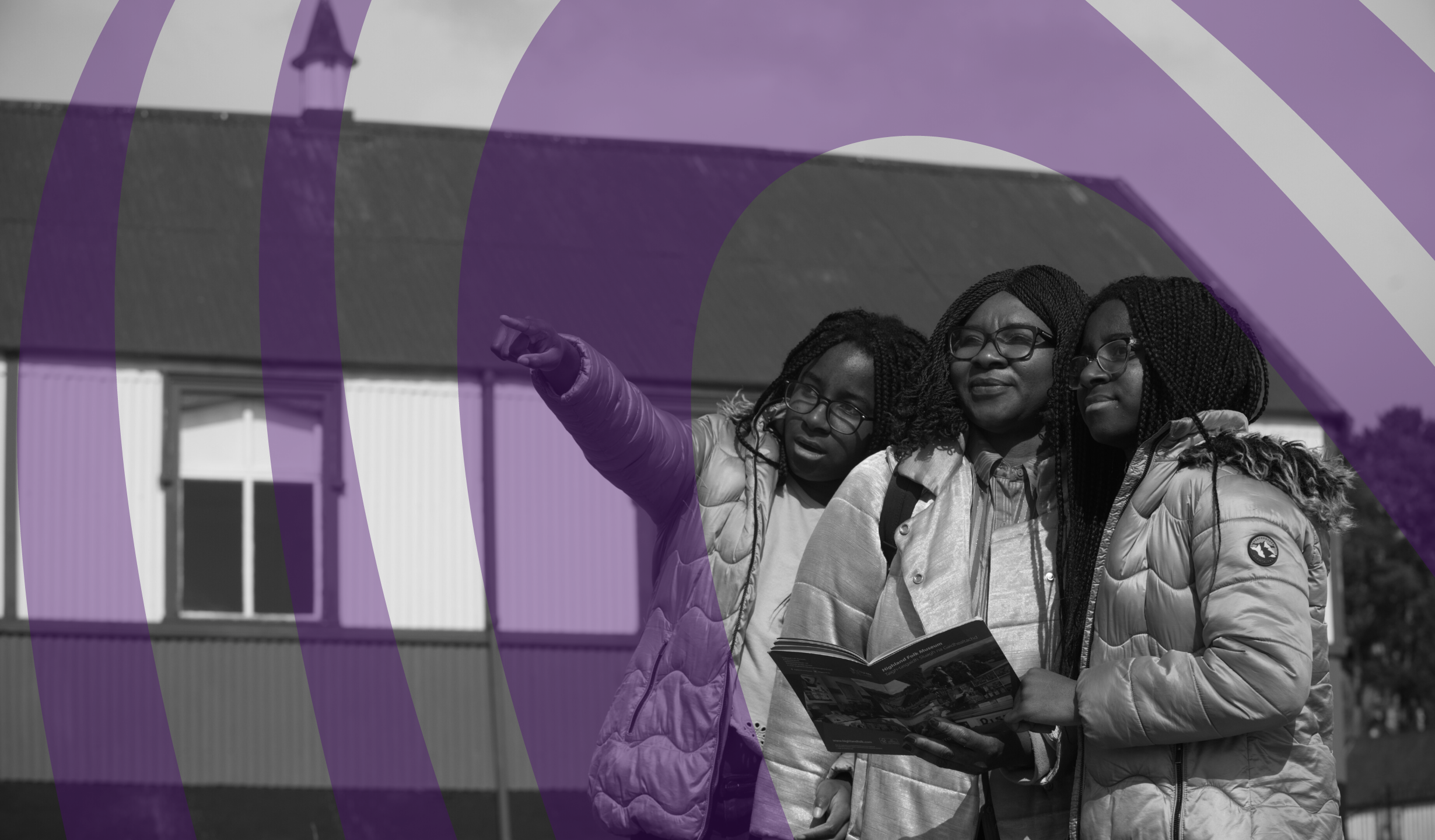
"I'm really looking forward to museums taking more of an active social role. The strong theme of social responsibility that comes through museum work now is a good thing, and can only be a good thing."
- Matthew Bellhouse Moran, Director,
HMS Unicorn
Museums will move into their next chapter with confidence by building on the strong foundations set out in Going Further whilst recognising that the world has changed significantly over the past 10 years.
As we look ahead to the launch of a new National Strategy in early 2023, museums and galleries face new priorities which reflect their environmental, economic, and social contexts. This includes a need to take urgent climate action, an ambition to reach Net Zero, and a responsibility to place diverse perspectives at the heart of their collections.
Museums and galleries have already taken considerable steps to improve engagement with underrepresented audiences, embracing new ways of collaborating with communities and partners by adapting to the changing nature of how we enjoy culture. The wealth of knowledge and skills gained by the museum sector in Going Further will ensure that collections remain relevant, open and connected to the world now and for future generations.
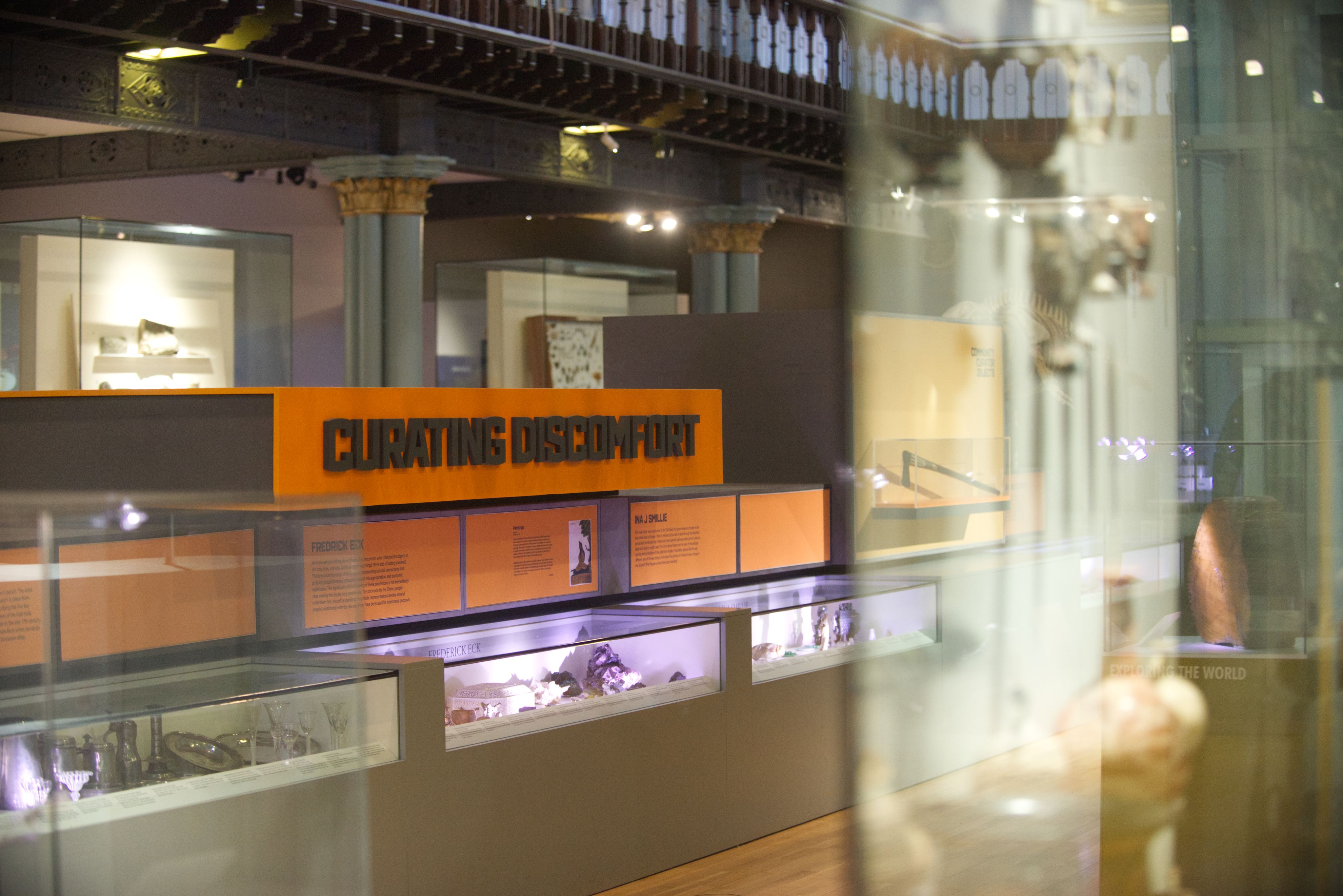
Ten Years of
Milestones
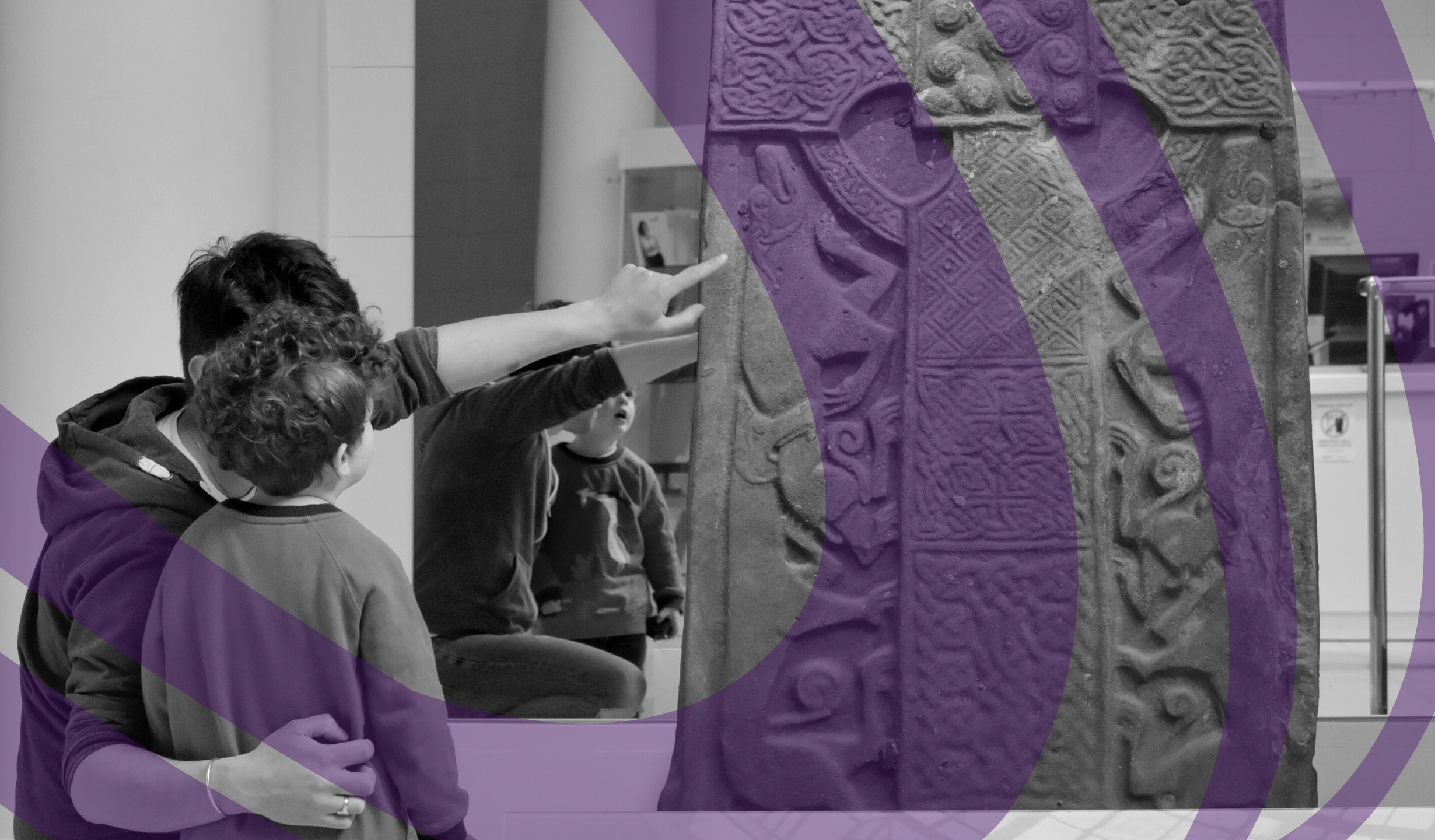
Explore ten years of Going Further with a timeline of highlights and key events from across Scotland's museum sector. Click the link below to begin.
